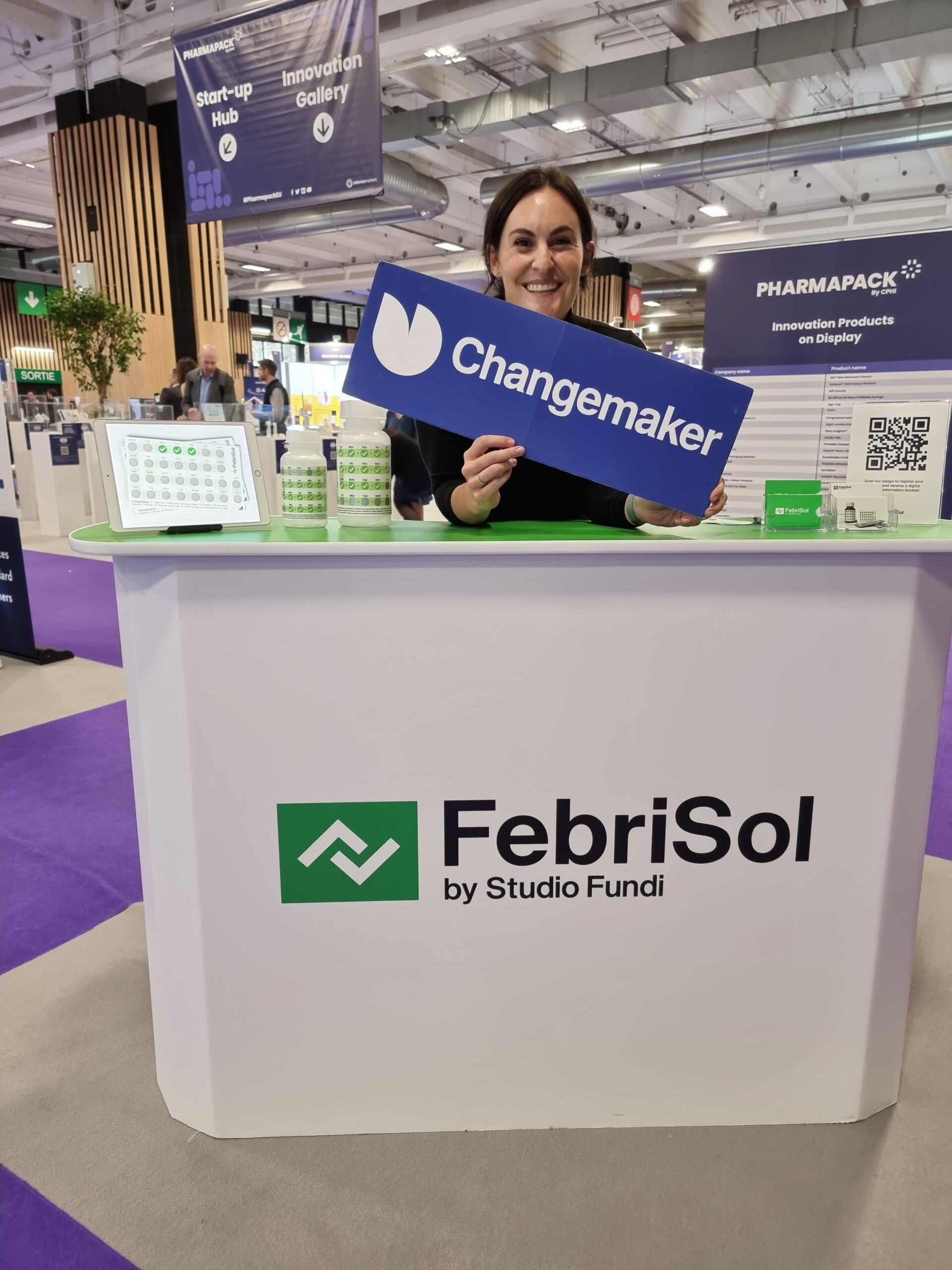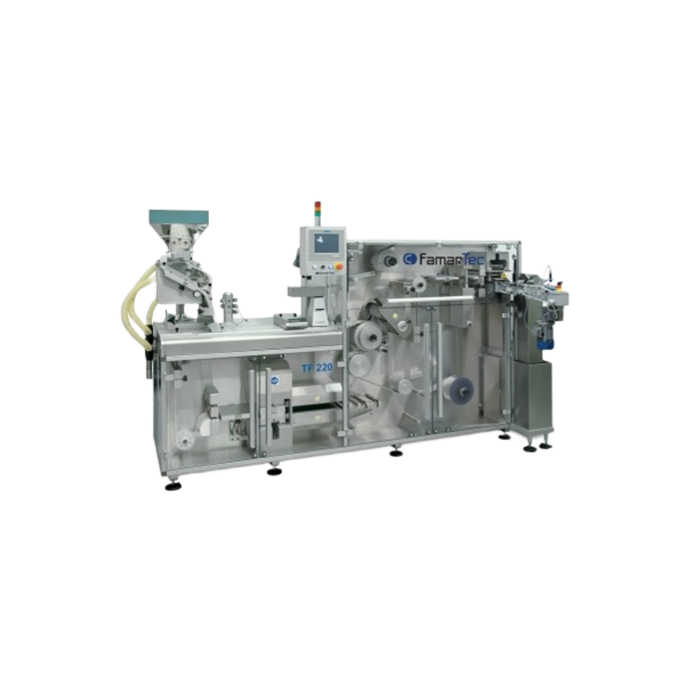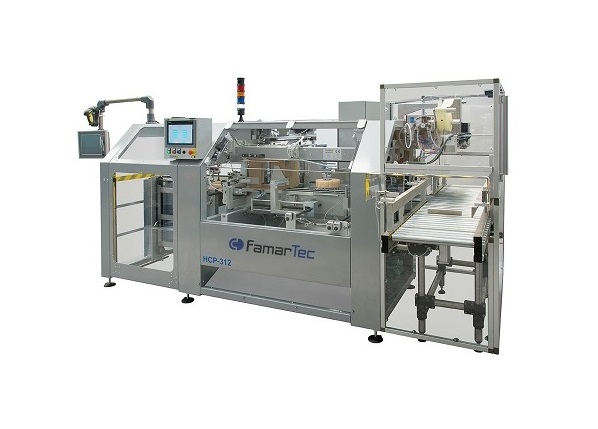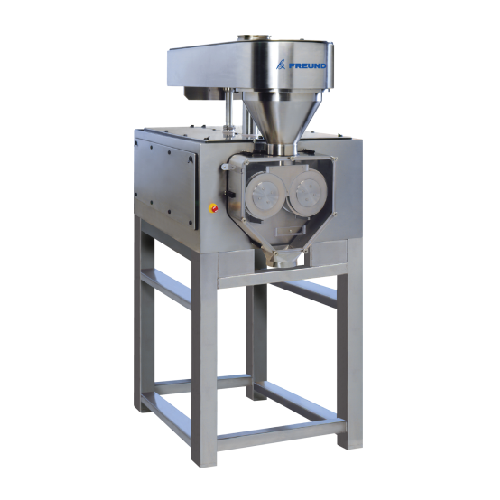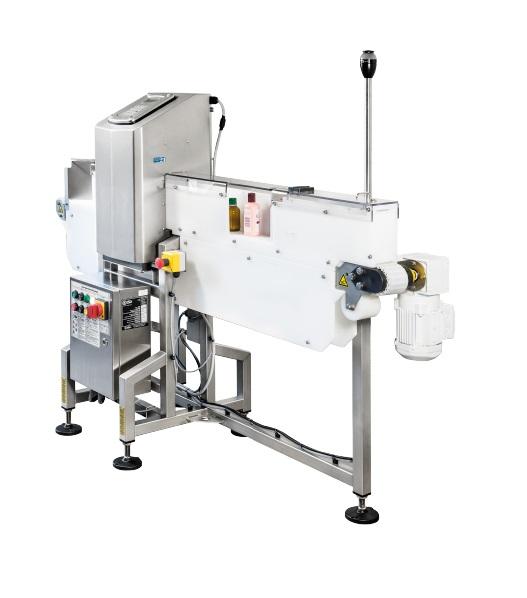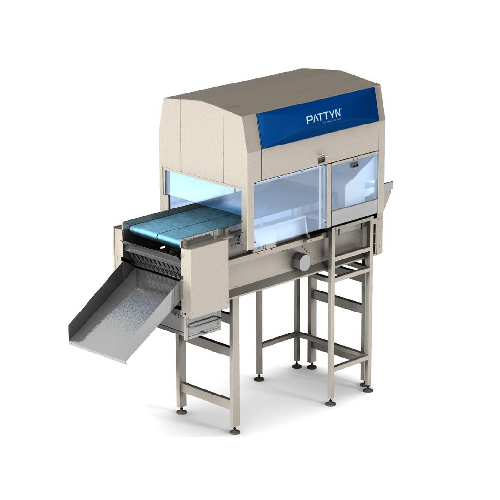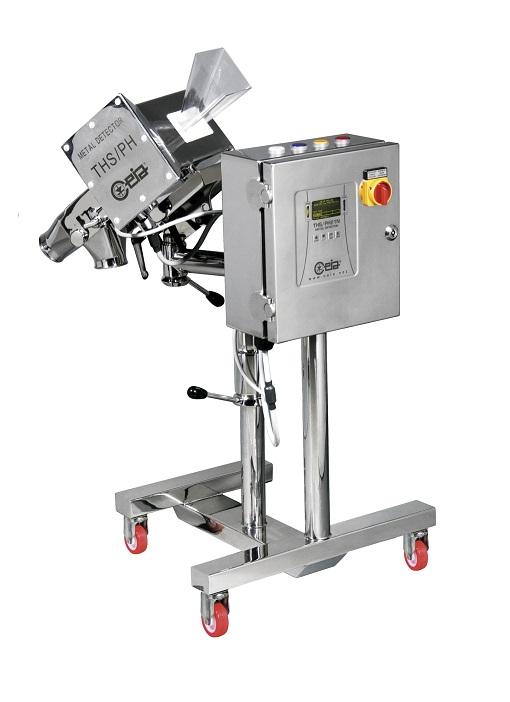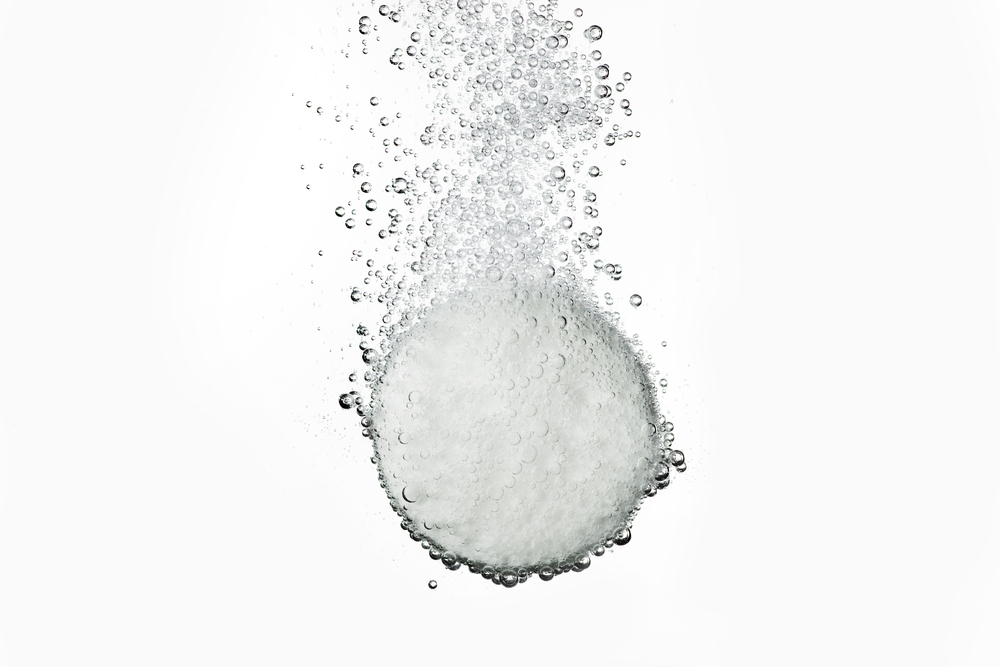
Making Effervescent Tablets
Find innovative production technology for making effervescent tablets and connect directly with world-leading specialists
The fizz of effervescent tablets is commonly associated with a vitamin C boost. But the soluble pill is an excellent drug delivery method for pediatric and geriatric patients. Sometimes referred to as carbon tablets, manufacturing effervescent tablets binds biocarbonate and citric acid that produce the smooth hiss as they dissolve in liquid.
Select your effervescent tablets process
Tell us about your production challenge
Manufacturing effervescent tablets with a mix of lubricants reduces scumming
Water-soluble lubricants such as sodium benzoate have an added benefit in acting as glidants when manufacturing effervescent tablets. The anti-adherent properties of the organic salt add plasticity to the final product.
However, the inclusion of other lubricants like magnesium stearate and polyethylene glycol in negligible amounts reduces scumming in the final solution.
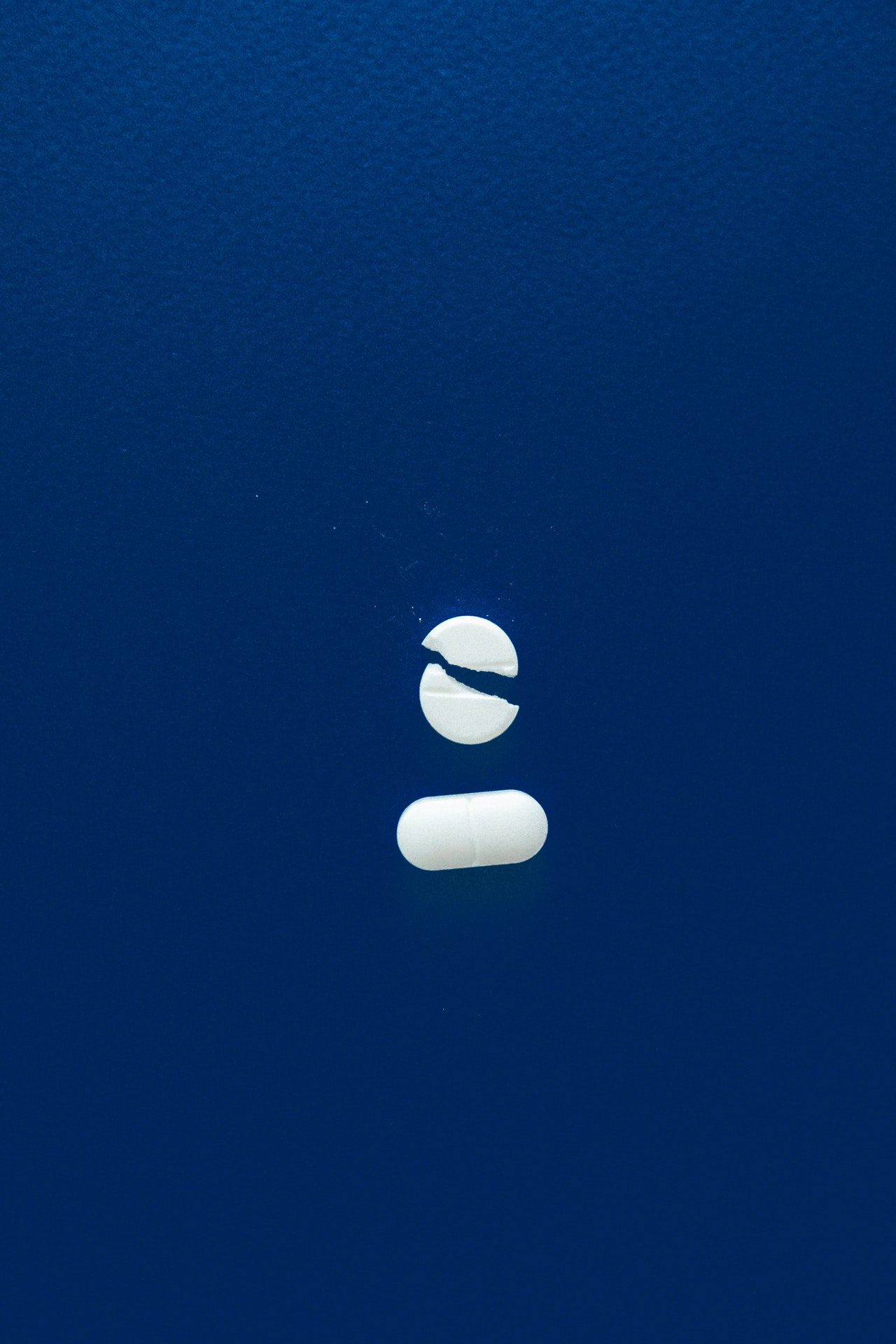
Limit humidity to 1.0% weight during wet granulation
Moisture levels are restrained to between 18°C and 23°C, with 10% relative humidity during the manufacturing process.
This presents an added challenge when wet granulation is performed. During this stage, water is kept to a maximum of 1.0% weight by weight of the mixture. Granules are then immediately conveyed to an oven dryer.
Apply drying agents in tube packaging
Avoid polymer blister materials or tubes for packaging that let in moisture and air. The compaction of effervescent tablets traps air bubbles. But if the tablets are exposed to water or oxygen, these will trigger the effervescent reaction ahead of use.
Blister packaging and aluminum foil protect the tablets from the surrounding environment following manufacturing. In the case of tubes, drying agents or silica gel prevents the penetration of humidity and air.
Processing steps involved in effervescent tablets making
Which effervescent tablets technology do you need?
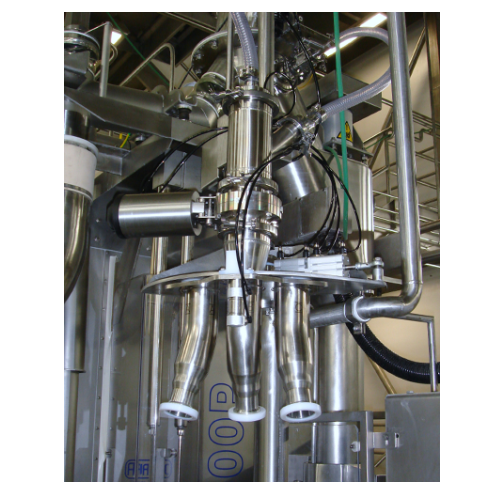
Powder sampler systems for food and dairy plants
Ensure precise quality control by implementing advanced sampling techniqu...

In-situ fiber optic Uv-vis spectrometer for dissolution studies
Optimize drug formulation by obtaining real-time, in-sit...
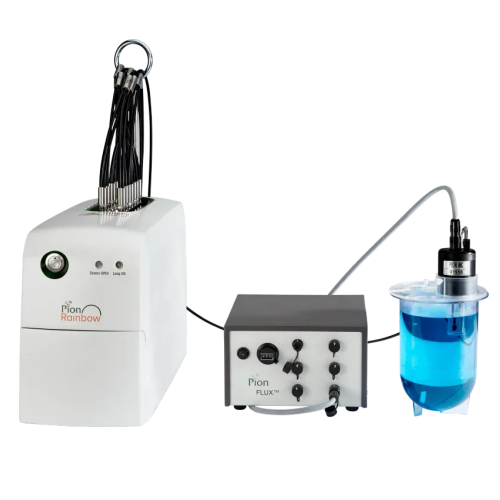
In-vitro dissolution-absorption assessment
Optimize drug formulation tests by combining dissolution and absorption measure...
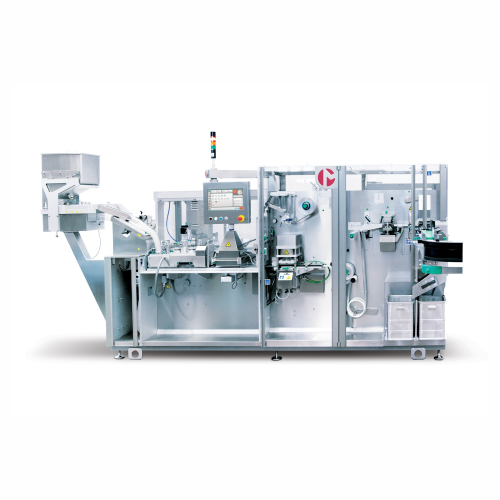
Blister thermoforming for Pvc/alu
Effortlessly mold and seal blister packs for a range of solid products, optimizing packag...
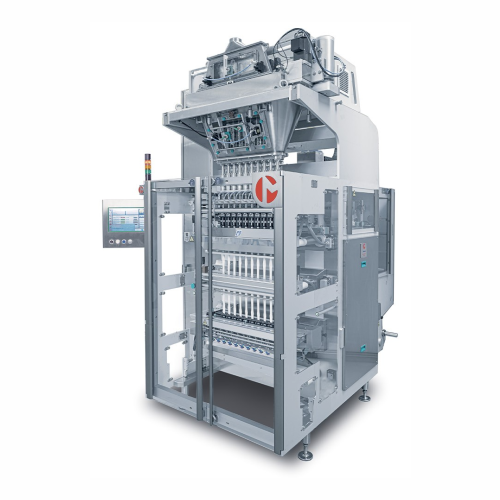
Stickpack filling and closing system
Optimize your stickpack production with precise dosing, uniform sealing, and seamless ...
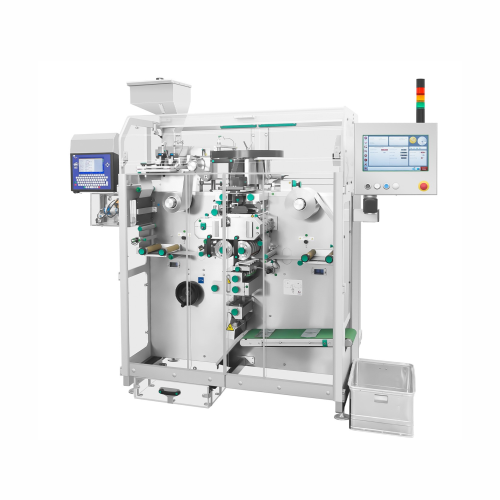
Compact strip packaging for solid products
Efficiently package a variety of solid pharmaceutical products with precision a...
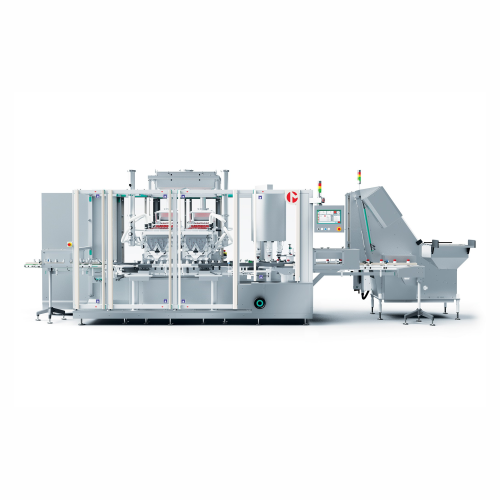
Counting and capping solution for tablets and capsules
Streamline your tablet and capsule production with a high-speed so...
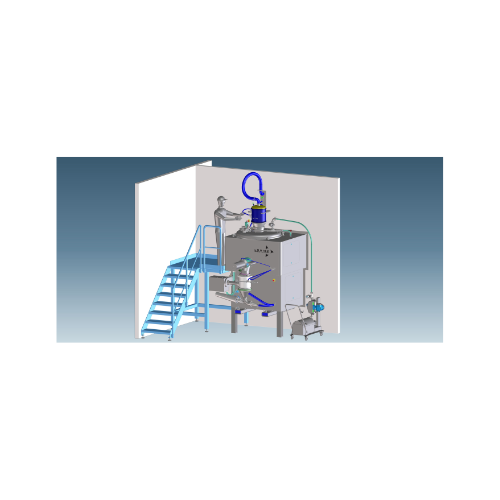
Mixing granulator for pharmaceutical and cosmetic industries
Achieve precise granulation and uniform mixing for high-qua...
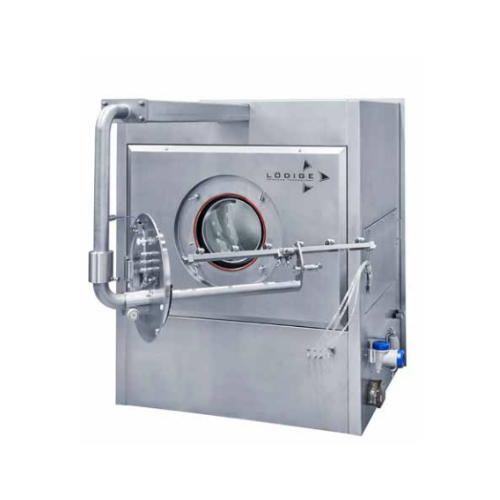
Film coater for Otc and food supplements
Achieve optimal film coating for tablets and capsules with precision-engineered so...
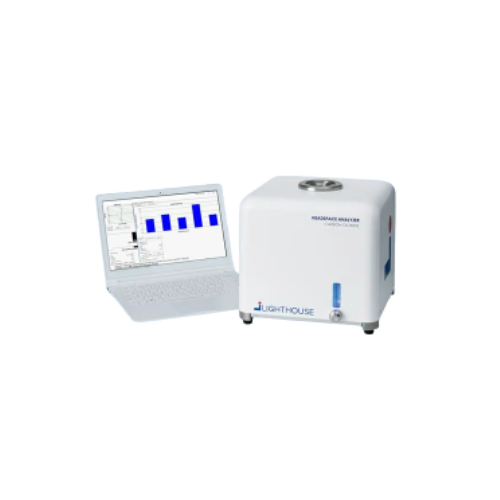
Carbon dioxide headspace analyzer for parenteral containers
Ensure accurate headspace gas analysis to maintain container...
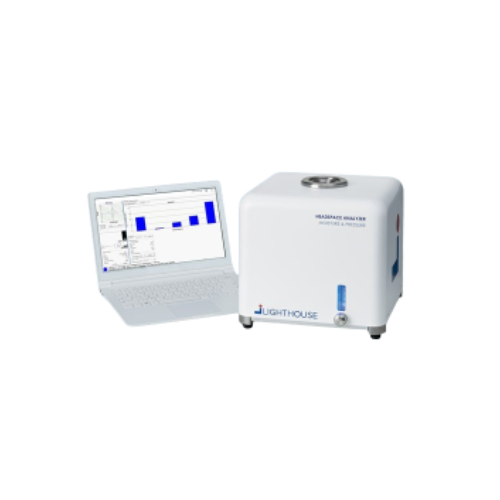
Water activity headspace analyzer for drug product samples
Ensure precise control of moisture levels across the entire p...
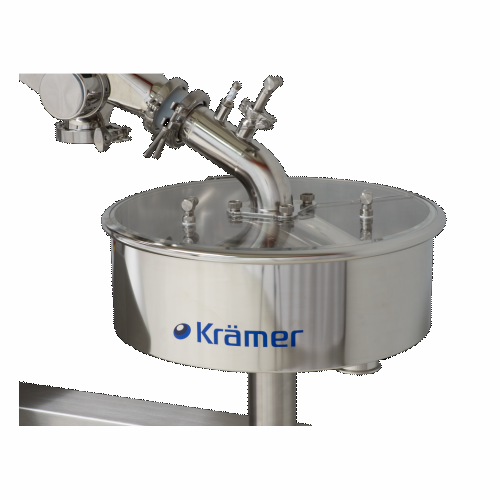
High-containment diverter for continuous tablet and capsule filling
Enhance your production line with a versatile solut...
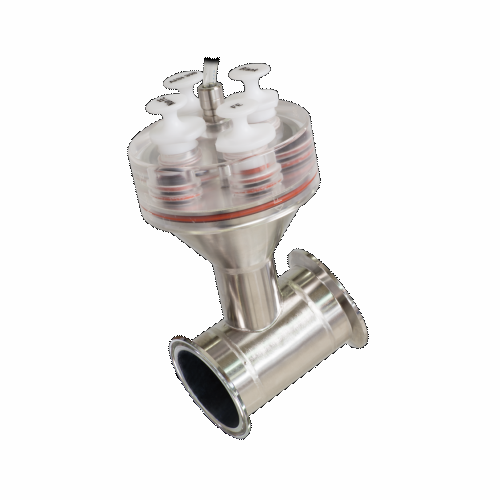
Dust-tight dispenser for metal detector test tablets
Ensure seamless integration of test tablets in high-containment envi...
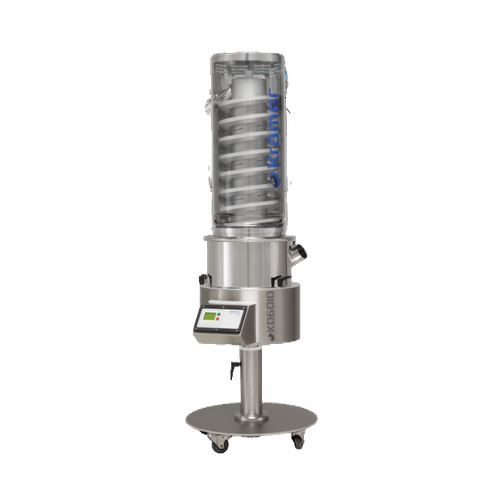
Tablet deduster with upward conveying
Ensure consistent dedusting and deburring of tablets and capsules while maintaining h...
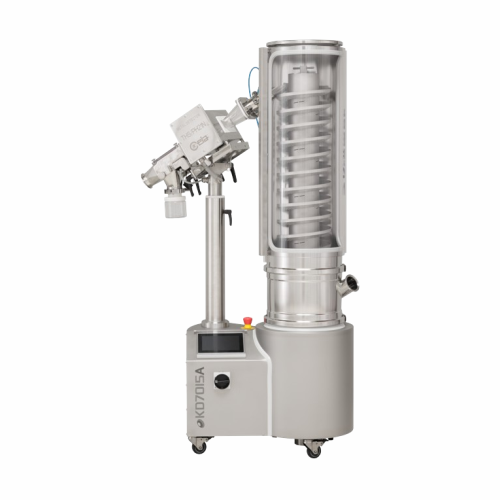
High performance tablet deduster with metal detection
Achieve precision dedusting and metal detection in tablet processin...
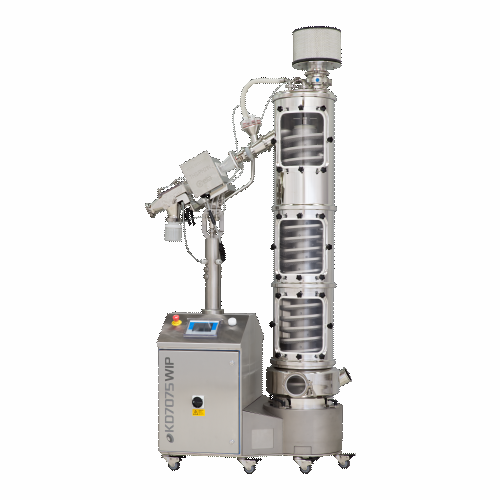
High-containment tablet deduster
Ensure optimal purity and safety in pharmaceutical production with high-containment dedusti...
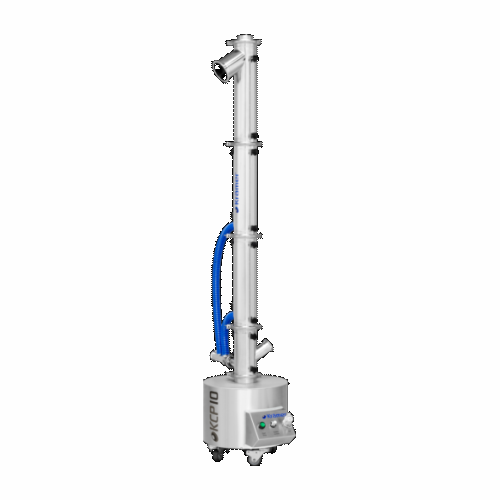
Capsule polisher for pharmaceutical production
Enhance capsule quality and safety by effectively polishing, dedusting, and...
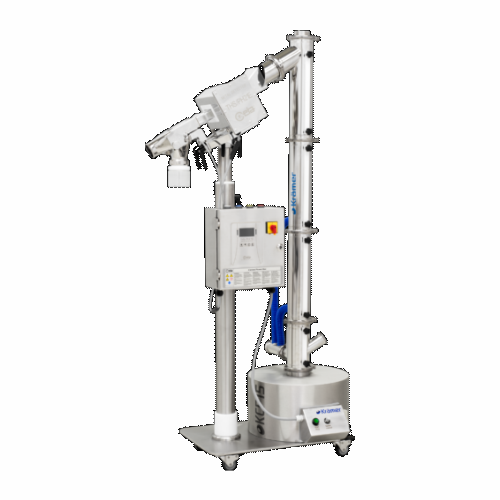
Capsule polisher for pharmaceutical capsules
Ensure your capsules are free from dust and perfectly polished with a solutio...

Tablet and capsule diverter
Streamline your tablet and capsule production with precise container filling and flexible config...
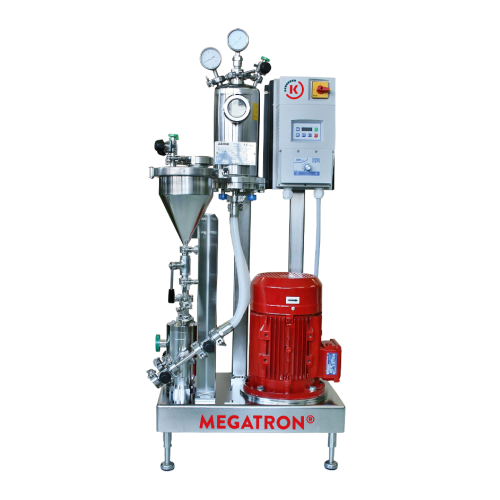
Powder induction system for high solid concentrations
Optimize your production line with this advanced system designed to...
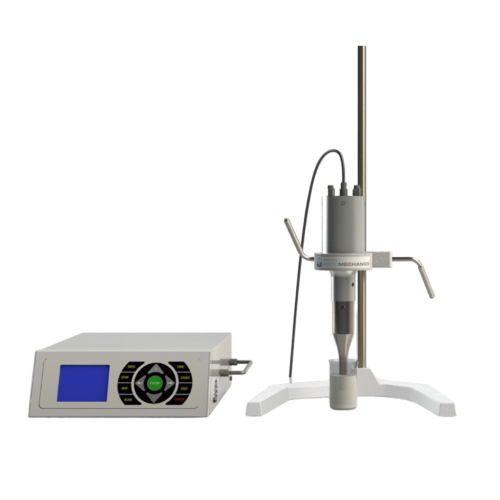
Ultrasonic liquid processor for feasibility testing and procedure optimization
Optimize your liquid formulations by en...
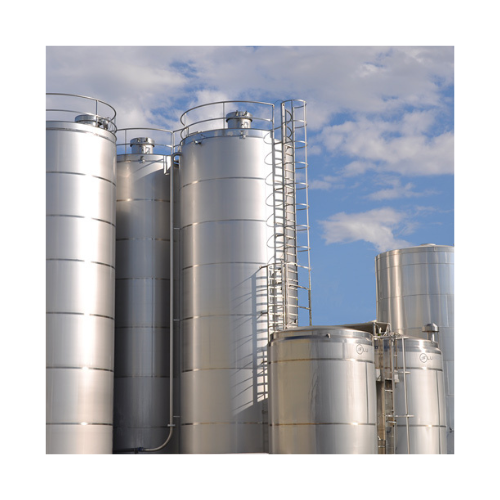
Industrial silos for powdered and granulated products
Optimize your storage and material flow for powdered and granulated...
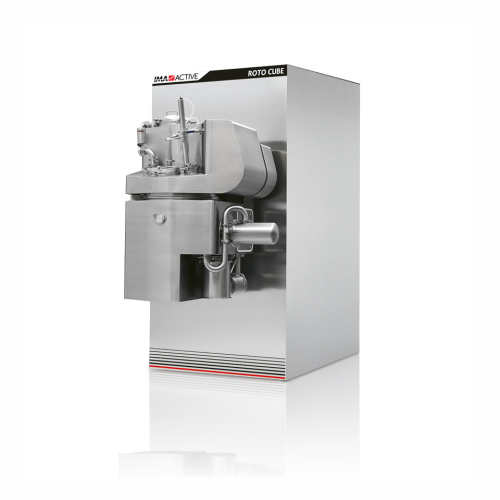
Single-pot granulation processor for pharmaceutical applications
For manufacturers needing precise granulation and dryin...
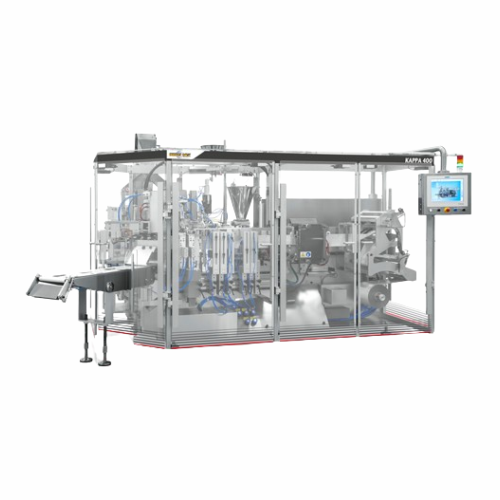
Horizontal intermittent motion sachet packaging solution
Optimize your packaging operations with a versatile sachet solut...
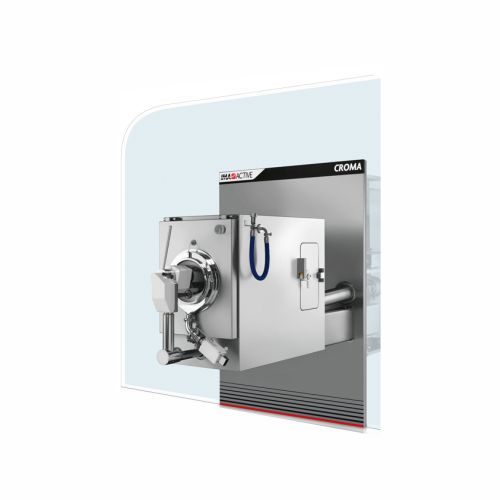
Continuous coater for tablet coating
Achieve seamless tablet coating with continuous processing, enhancing efficiency and r...
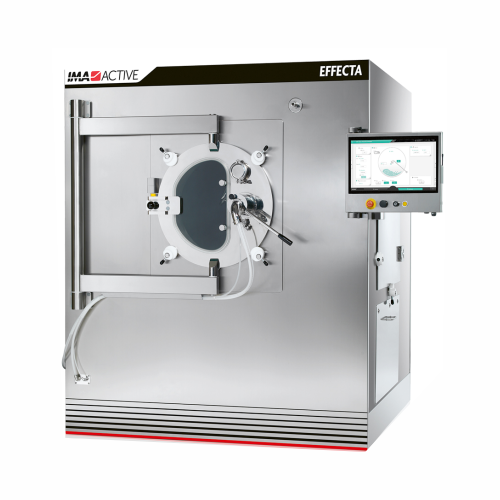
Tablet coating pan for pharmaceutical and nutraceutical industries
Enhance coating efficiency with a versatile solution...
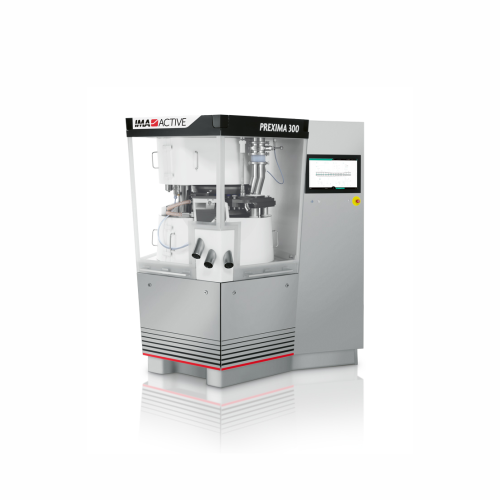
Tablet pressing system for solid chemicals and cosmetic products
Optimize your tableting process for diverse solid produ...
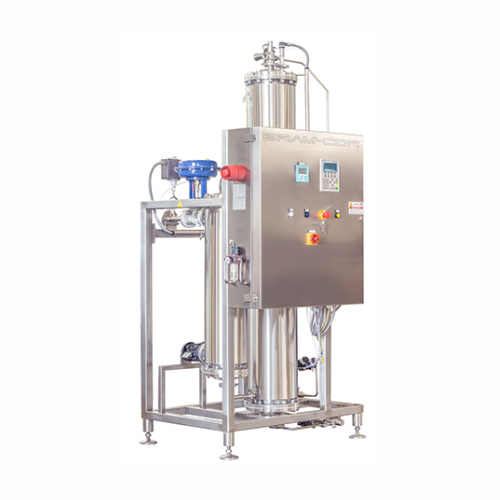
Pure steam generation and distribution system
Ensure reliable sterilization with pure steam that’s free from contami...
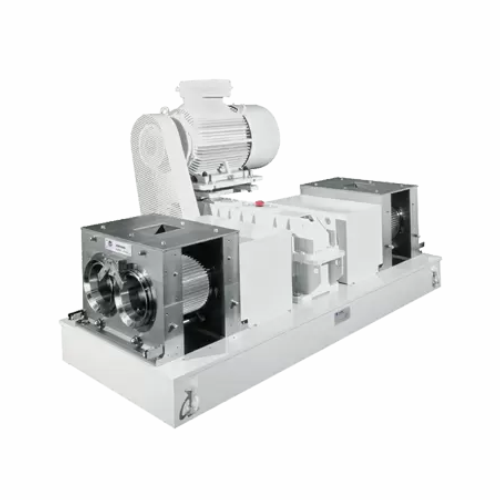
Compactors and granulators for powdery products
Transform loose powders into dense, free-flowing granules that enhance han...
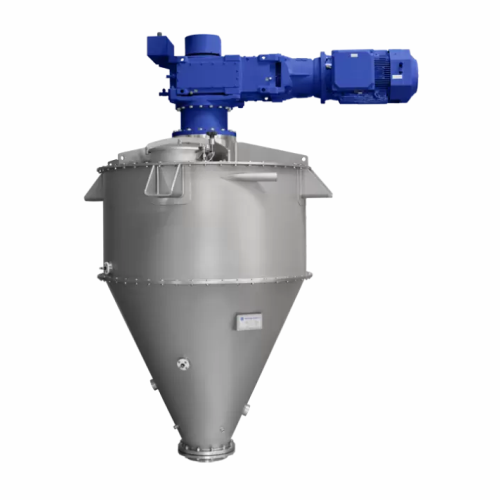
Conical paddle mixer for accurate powder blending
Achieve precise blending of fragile powders and liquids with a versatil...

Continuous powder agglomeration system
Enhance product solubility and flowability while minimizing energy consumption with ...
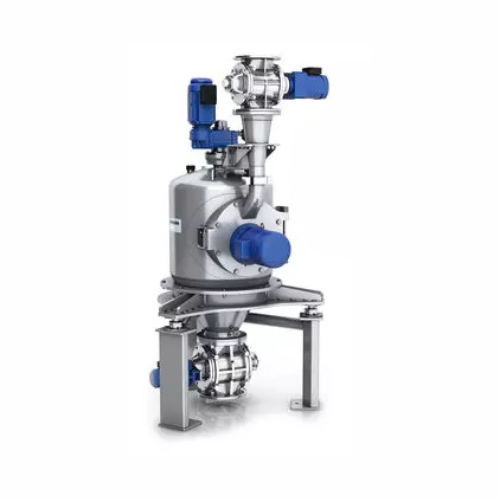
Sugar grinding and recrystallization system
Optimize your sugar production with a system that integrates grinding and recr...
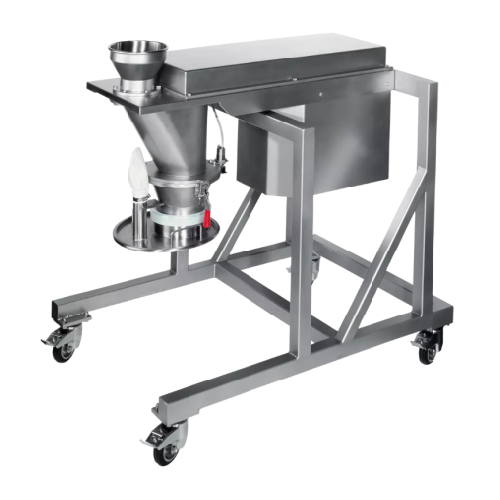
Flake crushers for gentle crushing of brittle materials
For processes needing precise granule control, our equipment ensu...
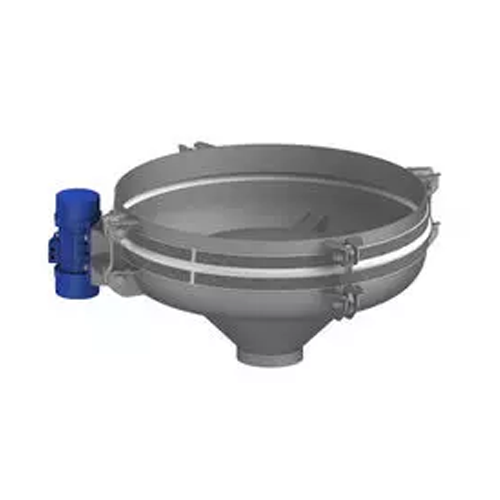
Discharge systems for difficult bulk materials
Achieve seamless bulk material discharge with our advanced systems that eff...
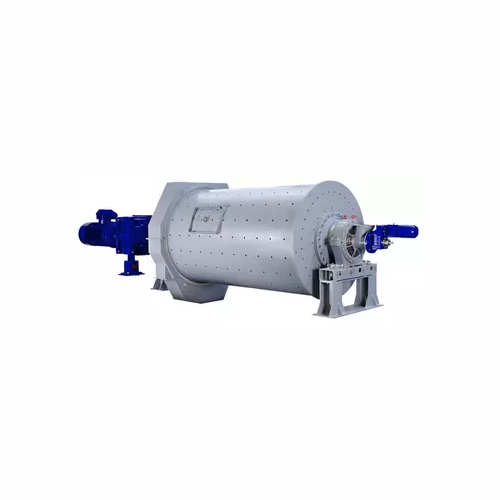
Ball mill for dry comminution of hard materials
Achieve ultrafine particle sizes and precise material breakdown with this ...
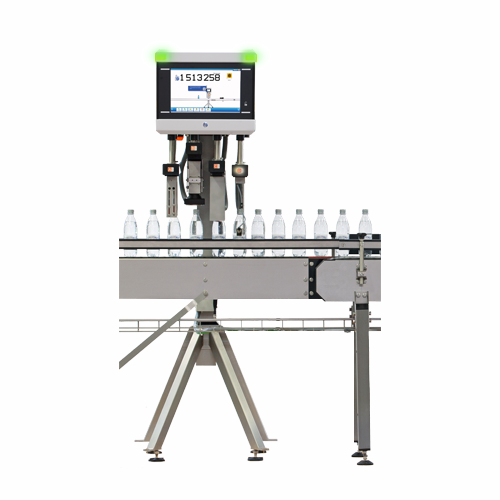
Fill level and closure inspection system
Ensure precise fill levels and secure closures in high-speed liquid packaging envi...
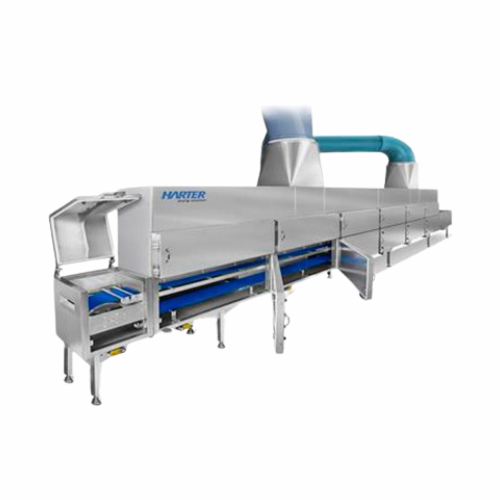
Continuous drying system for viscous substances
When handling viscous substances, ensure precise moisture control with con...
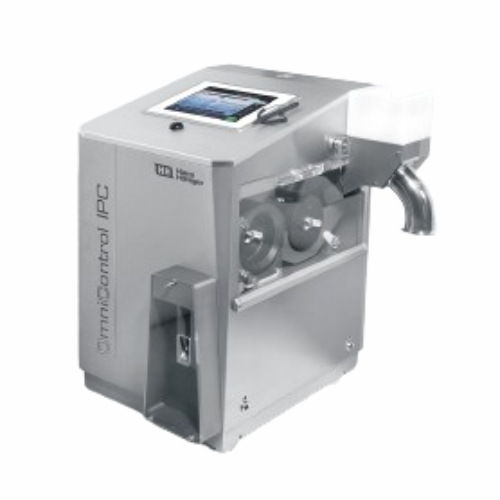
In-process weighing system for capsules and tablets
Ensure precise dosing and consistent quality with a format-free syste...

End-of-line casepacker for shipping boxes
Streamline your packaging line efficiency with this versatile casepacker, design...
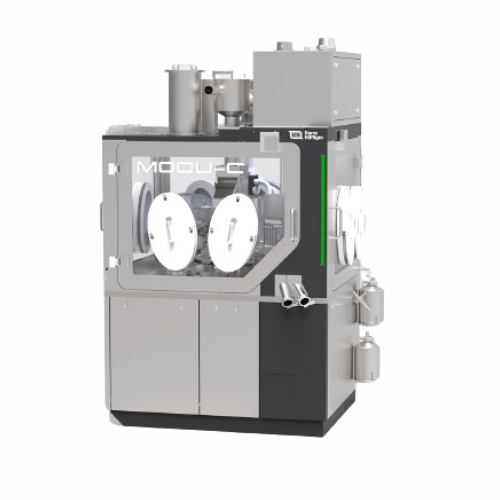
High-containment capsule dosing and filling system
Achieve precise dosing and optimal containment for pharmaceutical prod...
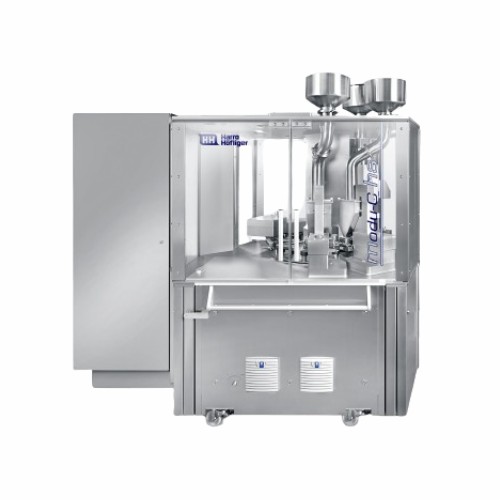
Capsule filling system for powder, pellets, and tablets
Optimize capsule production with rapid dosing changes, minimizing...
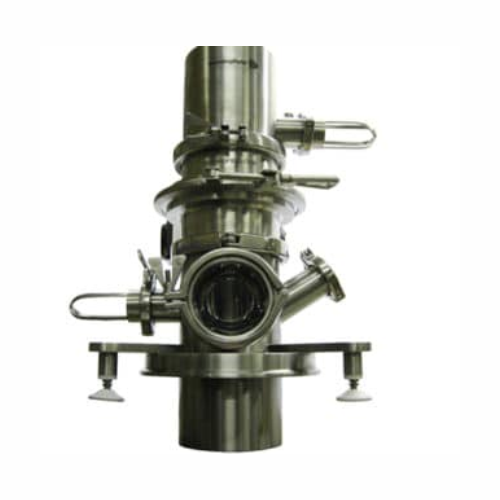
Powder flow control system for gravity transfer
Ensure precise dosing and prevent spillage during powder transfers in your...
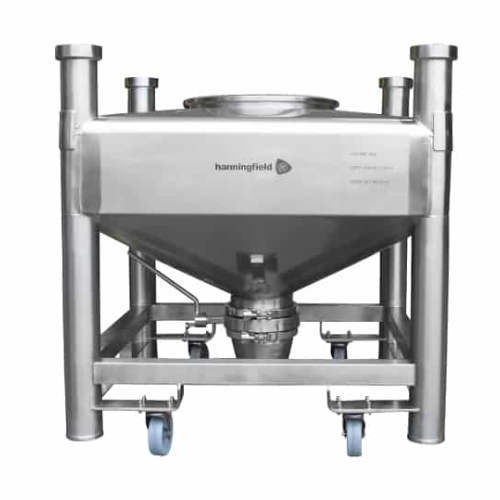
Tablet storage and transport containers
Ensure the safe and gentle handling of tablets during storage and transport, minimi...
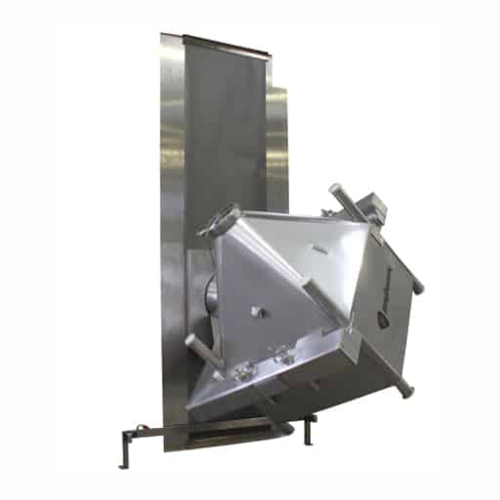
Industrial bin blenders for uniform batch production
Optimize your blending process by achieving uniform mixtures with in...
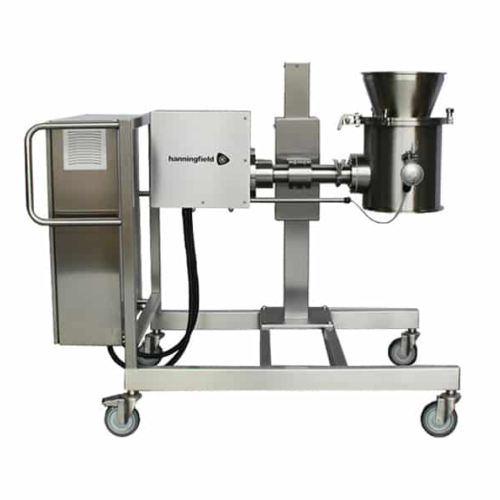
Conical mills for size reduction in pharmaceutical production
Achieve precise particle size control with an innovative m...
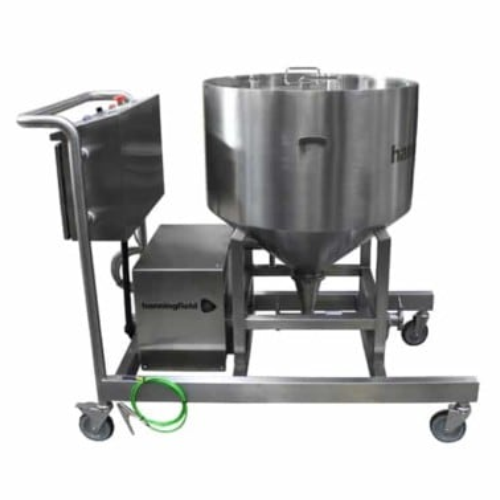
Capsule conveyors for gentle capsule transfer
Streamline your capsule production line with a system designed for high-spee...
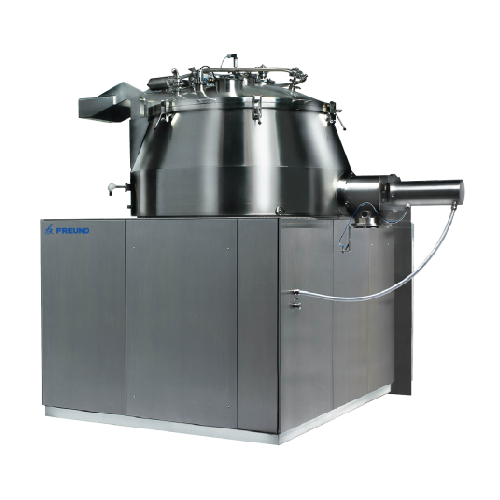
High shear granulation mixing system
Optimize your powder granulation process with a system designed for precise control ov...

Pilot High shear granulator for wet granulation
Achieve consistent particle sizing and superior homogeneity in your powder...

Mini High shear granulator for wet granulation
Optimize your powder granulation with precision and flexibility, ensuring c...
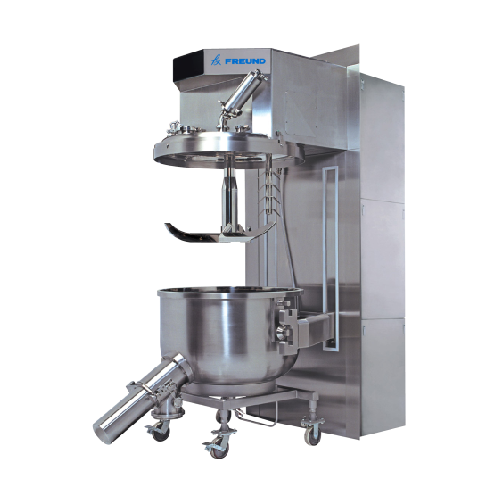
High shear wet granulation line
Achieve consistent and uniform granules with energy-efficient wet granulation designed to op...
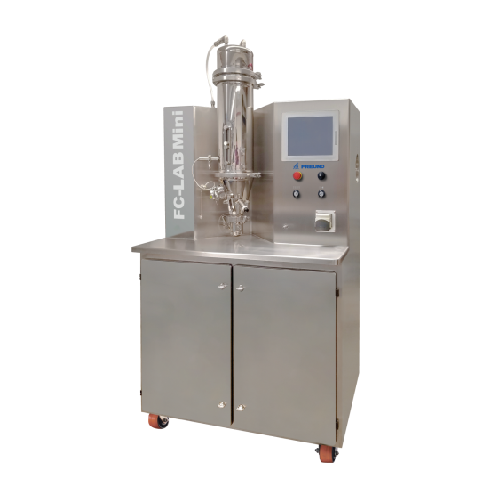
Laboratory fluid bed system for solvent processing
Optimize your laboratory scale operations with a versatile fluid bed s...
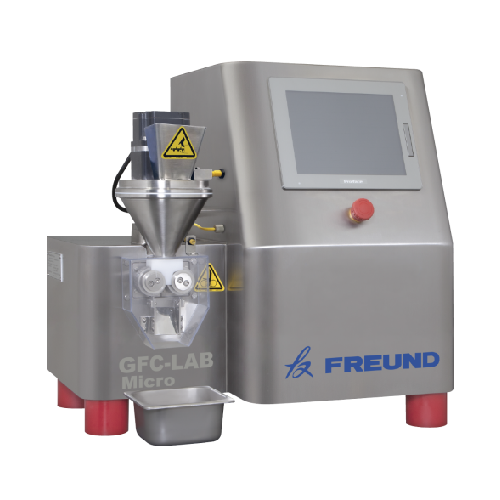
Benchtop roller compacting system
Achieve precise powder densification and uniform dry granulation with this compact system...

Laboratory fluid bed granulator and coater
For researchers and manufacturers requiring precise control in drying, granulat...
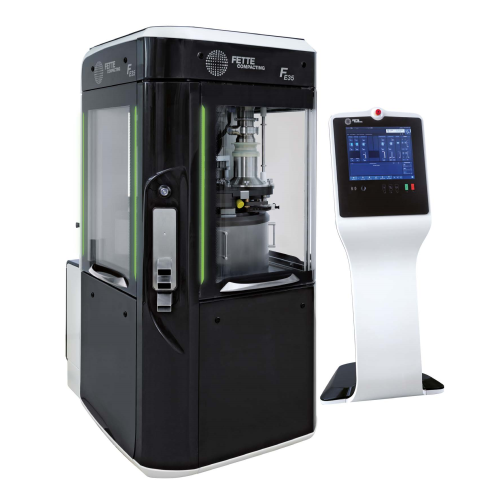
High-capacity tablet press for pharmaceutical production
Achieve precise compression and consistent tablet density with a...

High performance tablet press for large batches
For manufacturers aiming to boost tablet production without sacrificing pr...
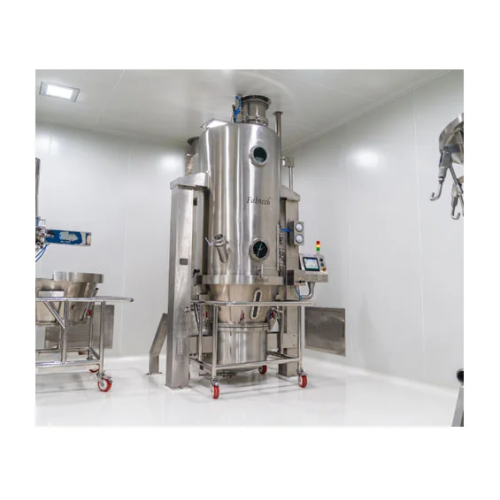
Fluid bed processor for granulation and coating
Fluid bed processors offer efficient granulation and coating, streamlining...
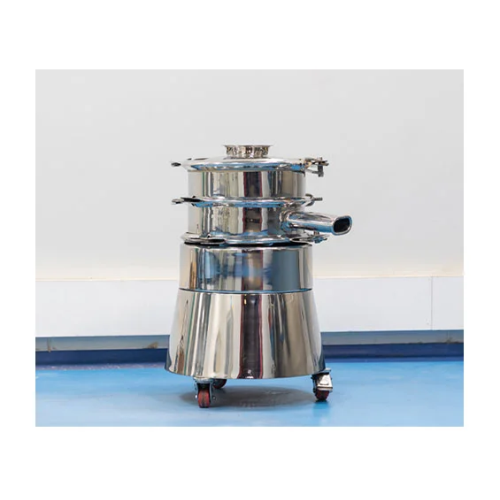
Particle sizer for precise sifting
Optimize your production line with high-speed particle sizing, ensuring precise control ...
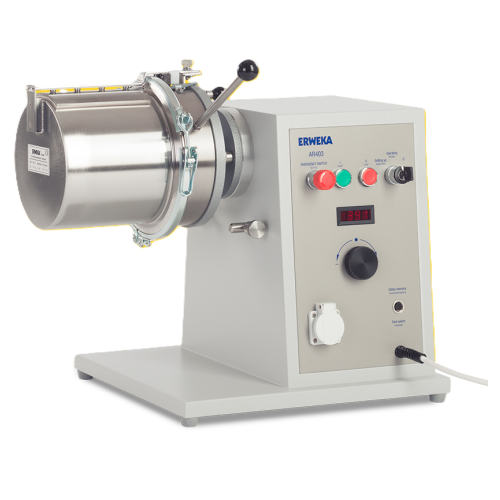
Laboratory high speed mixer for powders and granules
Achieve homogenous blending of powders and granules efficiently with...
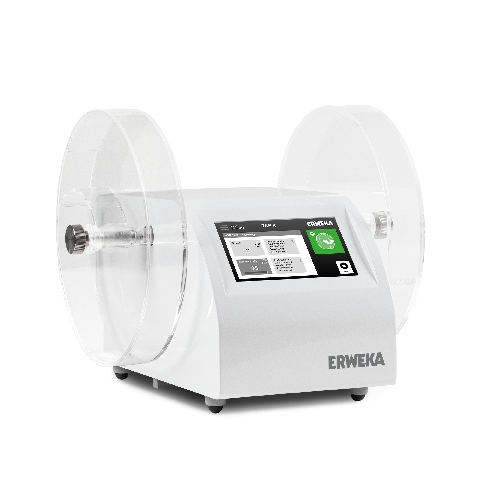
Advanced friability and abrasion testing solution
Ensure precise compliance in pharmaceutical tablet testing with this in...
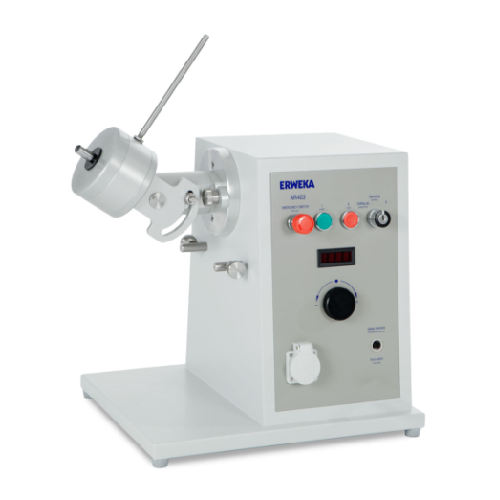
All-purpose mixer and processor for laboratory and small scale production
Optimize your small-scale production with a ...
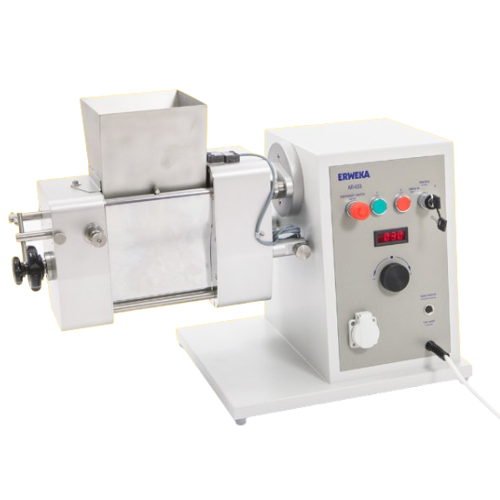
Wet granulator for pharmaceutical applications
Achieve precise granule consistency with advanced oscillating rotor technol...
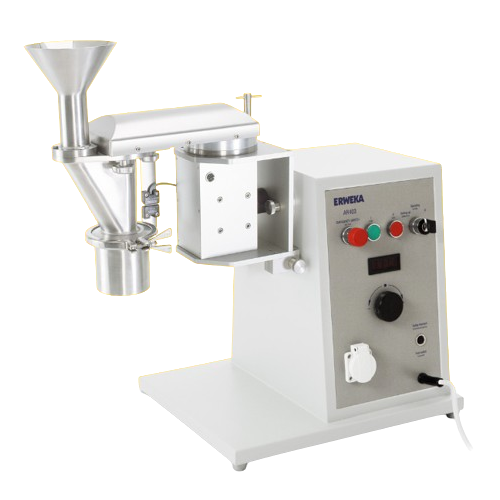
Conical mill for particle size reduction and homogenization
Achieve precise particle size reduction and homogenization w...
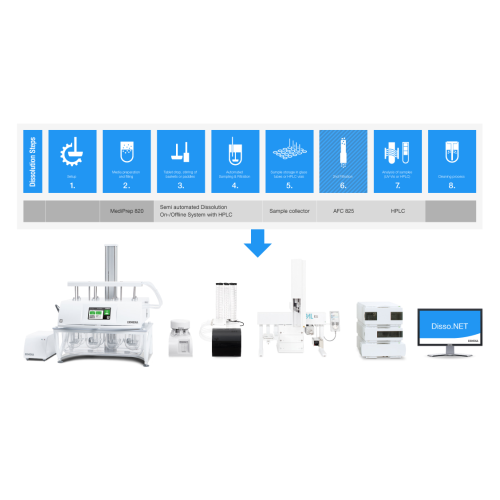
Dissolution testing system with Hplc analysis
Streamline your dissolution testing with integrated HPLC analysis, offering ...
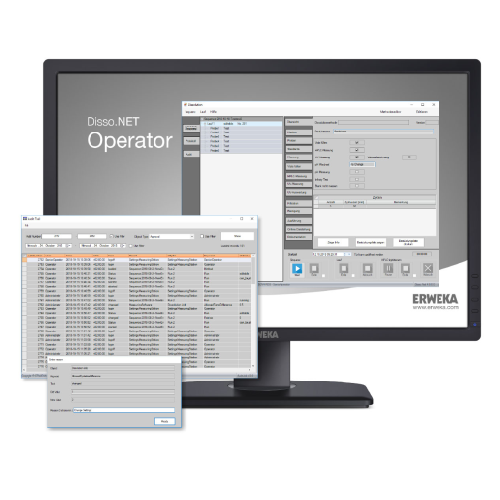
Dissolution testing software for compliance and efficiency
Ensure data integrity and streamline compliance with a robust...
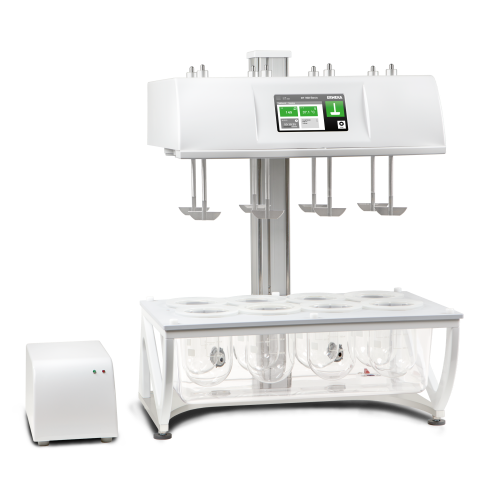
Dissolution online system for automated Uv-vis analysis
Ensure precise dissolution testing and seamless UV/VIS analysis w...
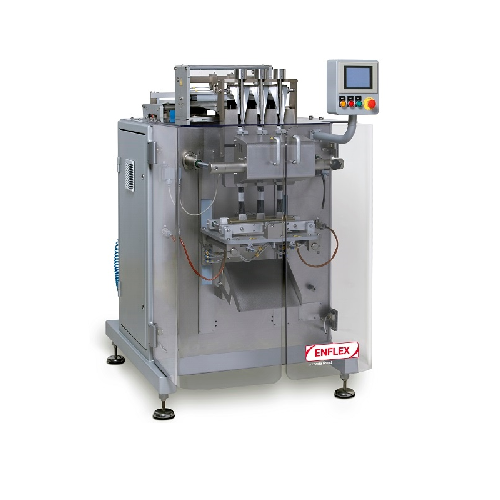
Intermittent stick pack packaging system for pharma products
Achieve precise dosage and packaging of pharmaceutical and ...
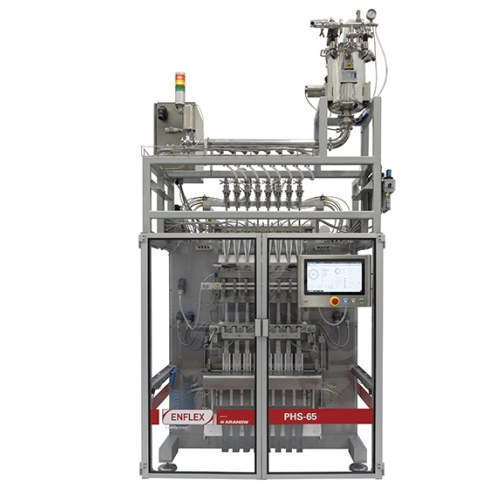
Intermittent stick pack system for pharmaceuticals
Effortlessly streamline your packaging process with a high-speed, mult...
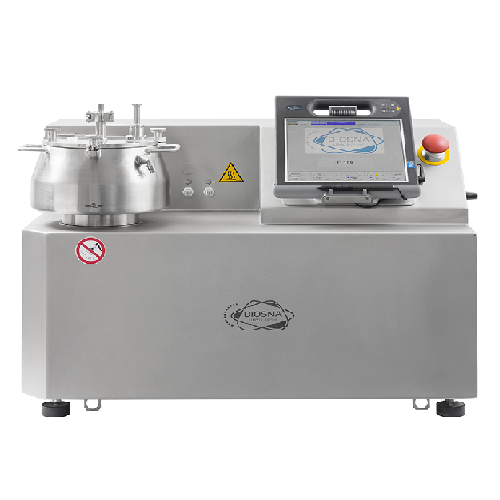
Compact laboratory mixer for high-shear granulation
Streamline your R&D processes with advanced mixing and granulati...
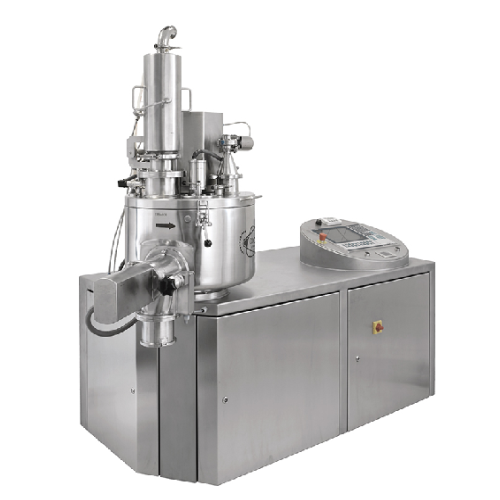
Pilot single-pot processor for granulation and drying
For efficient pilot production, streamline your mixing, granulating...
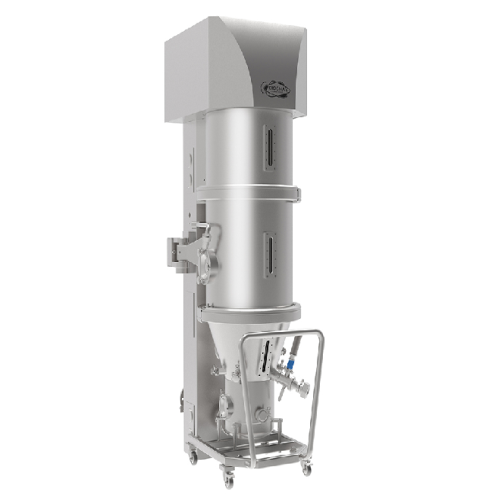
Fluid bed processor for granulating, drying, and coating in pilot scale
When scaling from laboratory to production, rel...
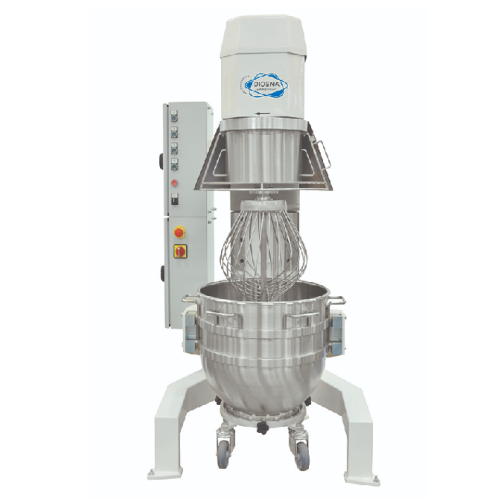
Planetary stirrer for creamy and foamy masses
Achieve consistent texture and optimal air incorporation in your products wi...
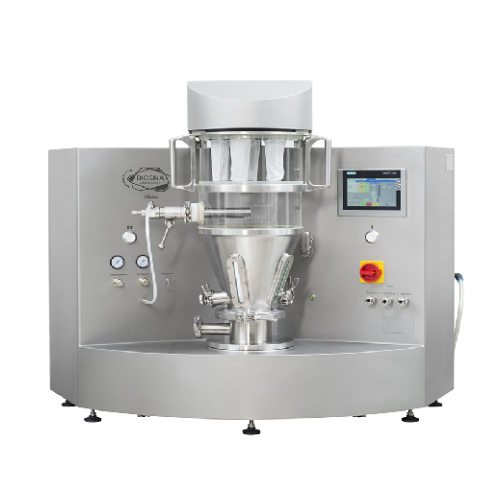
Laboratory coater and fluid bed processor
Optimize your research and development with a versatile benchtop unit that integ...
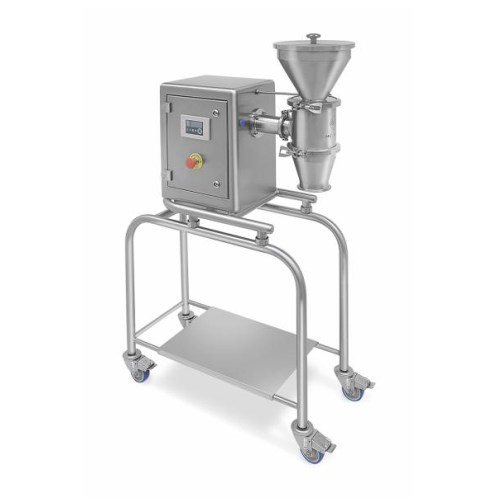
Laboratory cone mill for even grinding
Achieve consistent particle size for laboratory powders with precision calibration a...
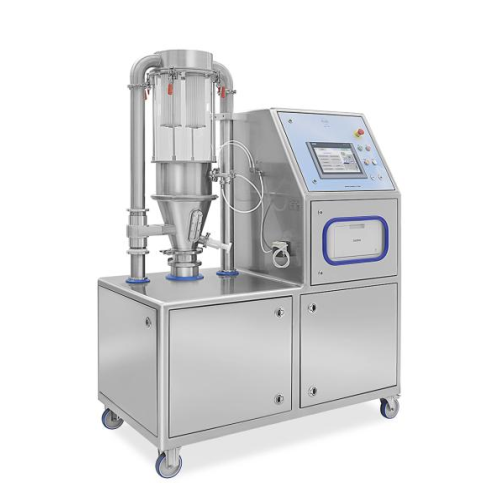
Laboratory fluid bed dryer for pharmaceutical granulation
Optimize your lab-scale drying and granulation processes with ...
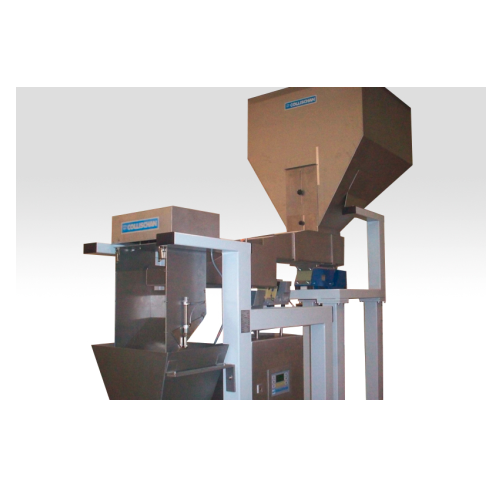
Weigh filler for bulk quantities 2-20kg
Optimizing your filling process with precision, this equipment handles bulk quantit...
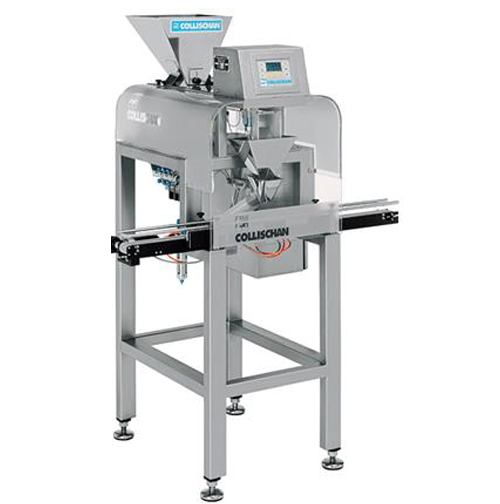
Weight filler for small batches in explosive areas
Efficiently handle and weigh small batch products with precision, even...
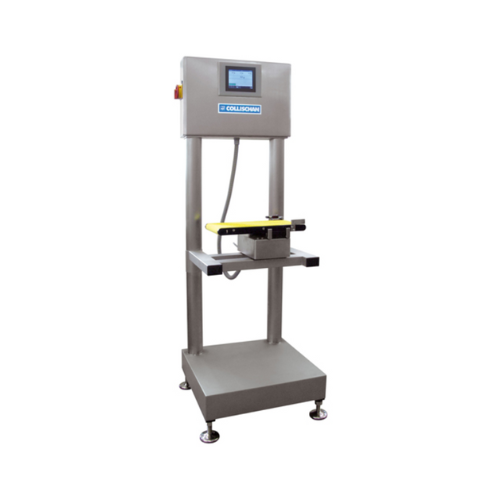
Basic checkweigher for weight control in low to medium performance
Ensure accurate weight control with a versatile chec...
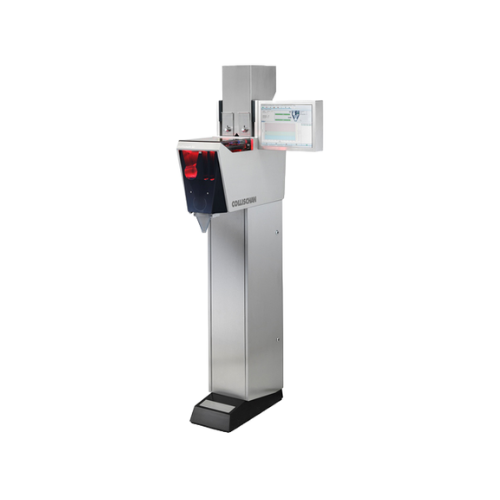
Tablet counting solution for pharmaceutical industry
Maximize dosing precision and reduce miscounts in high-speed pharmac...
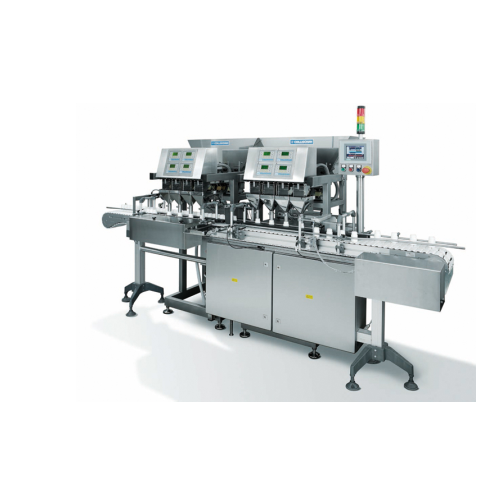
Complete packaging lines for various containers
Streamline your packaging process with versatile equipment capable of hand...
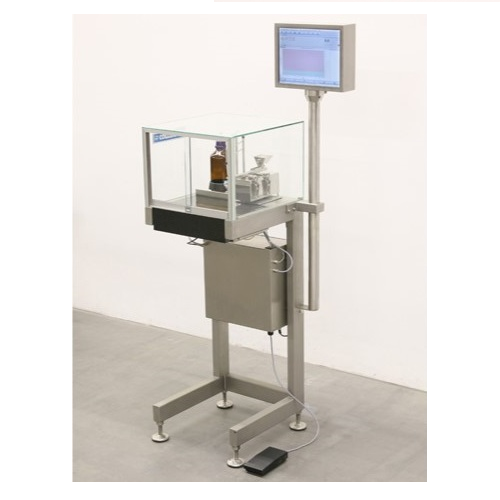
Microdosing system for granules and powder
Achieve precise dosing with minimal variance across all fills, ensuring consist...
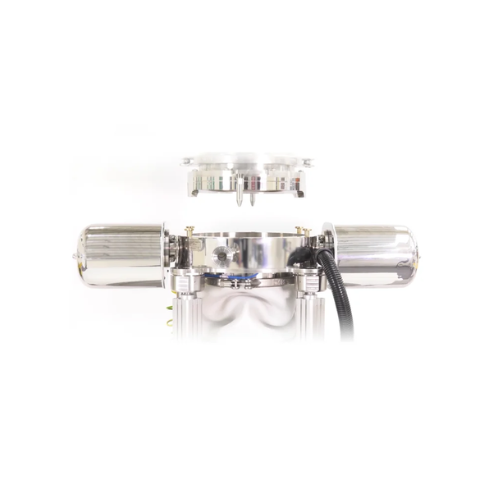
High containment powder transfer valve for bulk material
Ensure operator safety and prevent cross-contamination with robu...
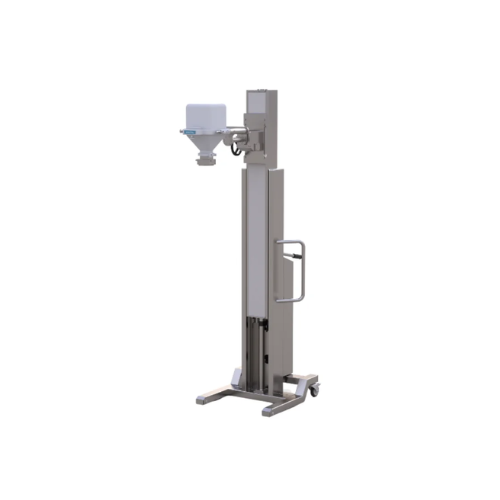
Mobile lifter solutions for pharmaceutical handling
Streamline your handling of sensitive materials with versatile mobile...
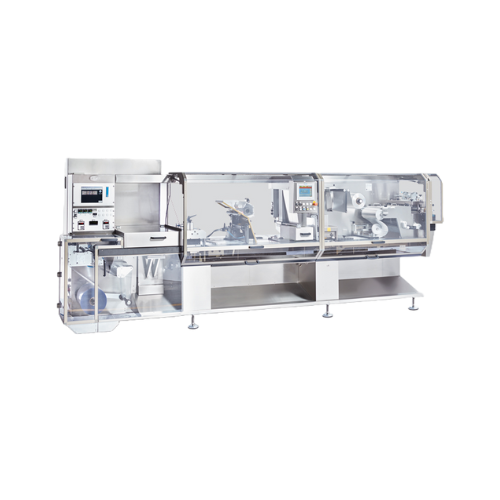
High speed blister packaging for pharmaceuticals
Need efficient packaging with quick format changeovers for various capsul...

Analyze wet granulation properties for pharmaceutical formulation
Optimize your pharmaceutical and chemical formulation...
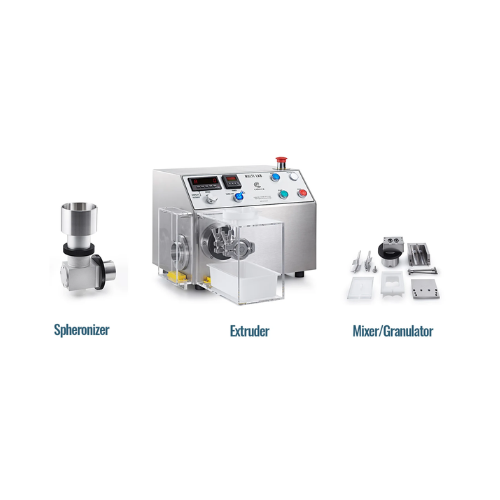
Lab scale mixer, extruder & spheronizer for r&d formulation
Optimize and streamline your research and development proces...
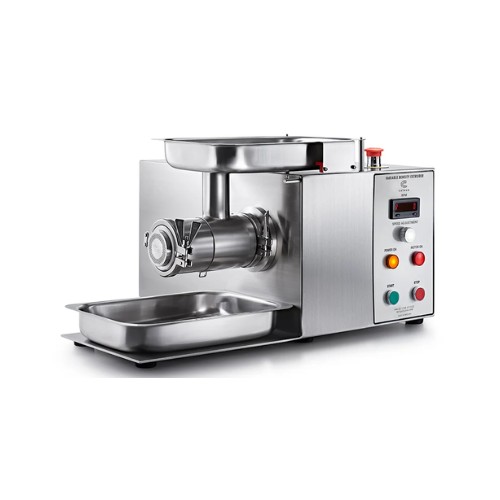
Variable density pellets extruder and spheronizer
Develop diverse pellet densities for enhanced drug formulation with pre...
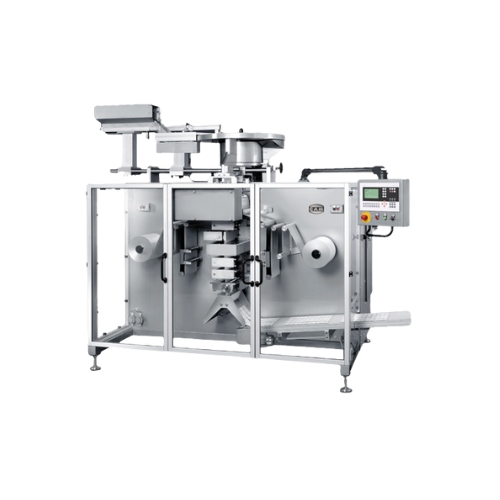
High-speed strip packaging for tablets and capsules
Optimize your high-speed pouching operations with precise four-side s...

High speed strip packaging for tablets and capsules
Ensure precise packaging of pharmaceutical tablets and capsules with ...
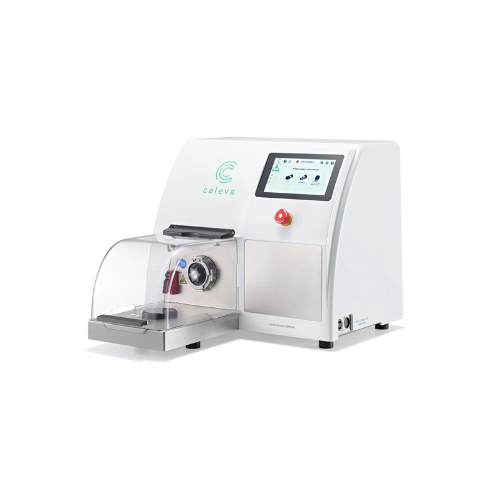
Bench-top mixer and spheronizer for formulation development
Accelerate R&D success by seamlessly integrating mixing...
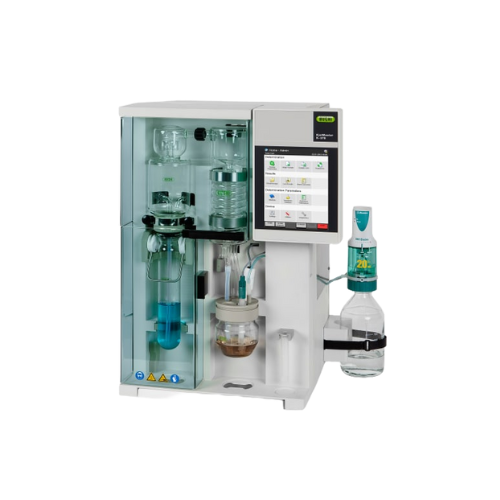
Protein and nitrogen analysis system for laboratories
Streamline your nitrogen and protein analysis with precision titrat...

Media and buffer preparation solution for bioprocessing
Achieve seamless media and buffer preparation with precise dosing...
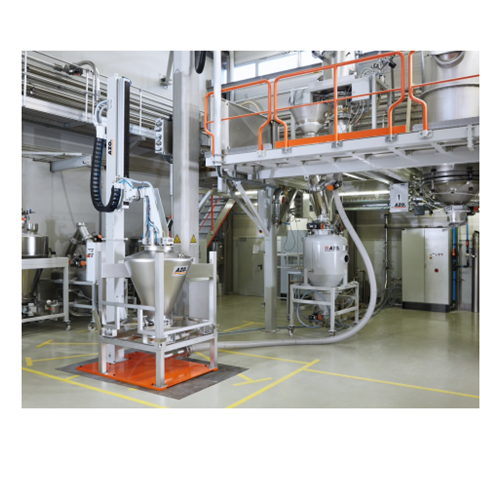
Dry cleaning container & hopper station
Effectively manage cleaning of rotation-symmetrical containers with minimal downtim...
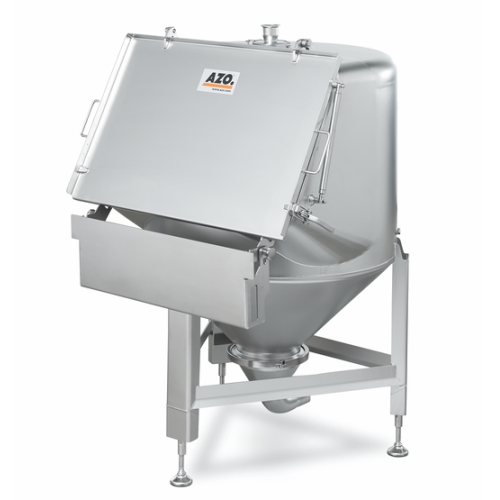
Precise weighing solutions for small batch production
Streamline handling of diverse ingredient blends with precise dosin...
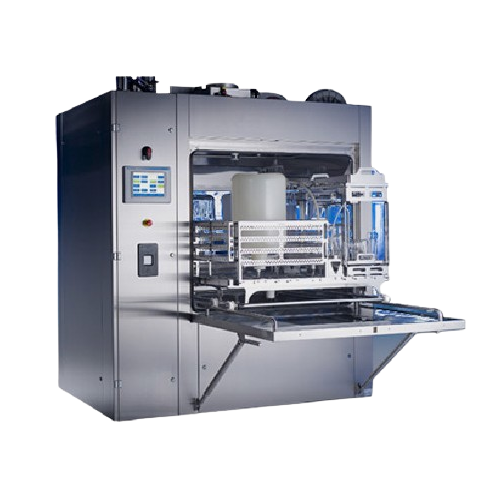
Gmp washer for pharmaceutical contamination control
Ensure verifiable cleaning and drying of critical components in bioph...
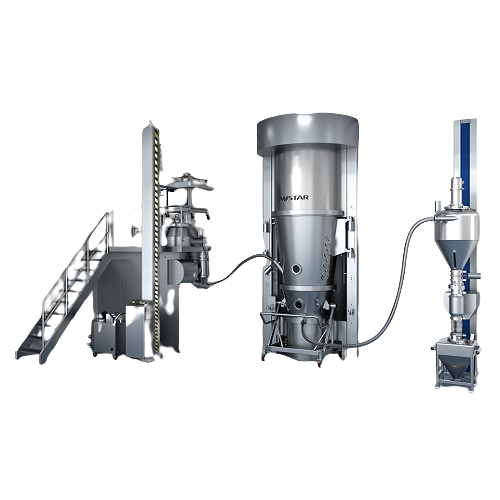
Wet granulating equipment for pharmaceutical industry
Enhance production efficiency and safety in high-potency pharmaceut...
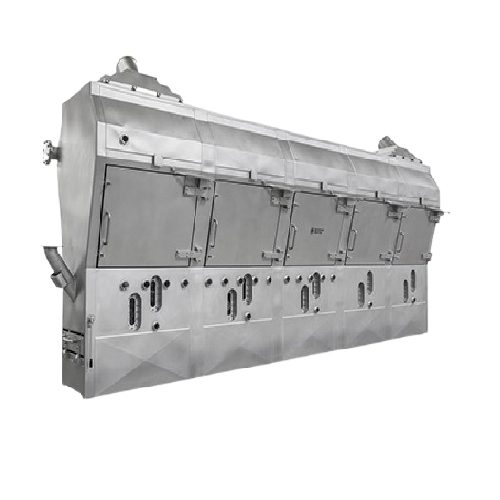
Continuous wet granulation equipment
Optimize your production line with continuous wet granulation, seamlessly transforming...
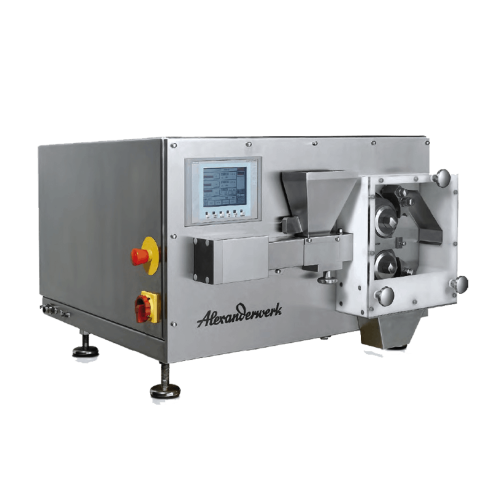
Pharmaceutical roller compactor for dry granulation
When precision and uniformity in tablet production are crucial, optim...
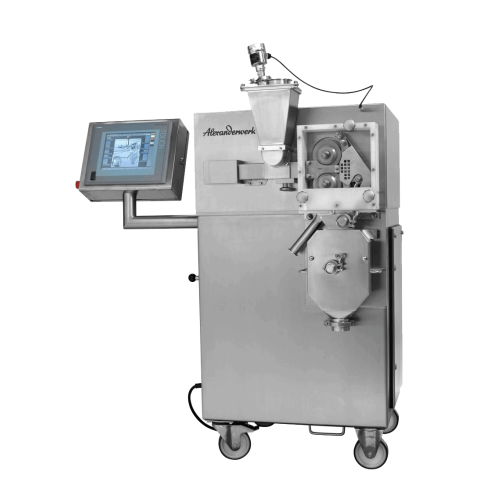
Pharmaceutical roller compactor
Achieve consistent granulate quality with optimized compacting processes, ideal for transfor...
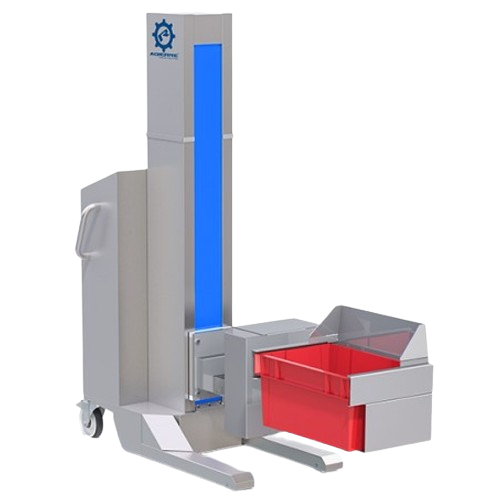
Lifting column for plastic boxes in pharmaceutical processing
Optimize your tablet and powder processing by seamlessly l...
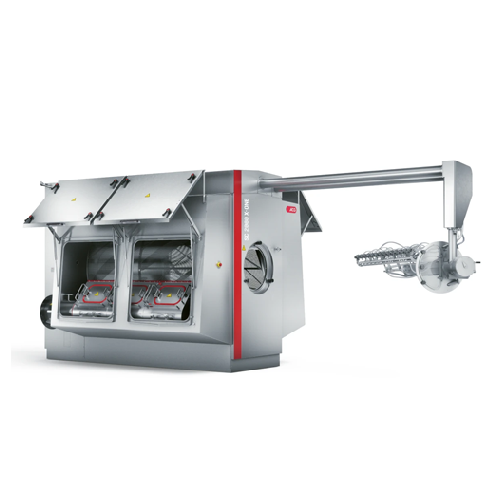
Tablet coating system for high-capacity operations
Streamline your tablet production with a coater that maximizes through...
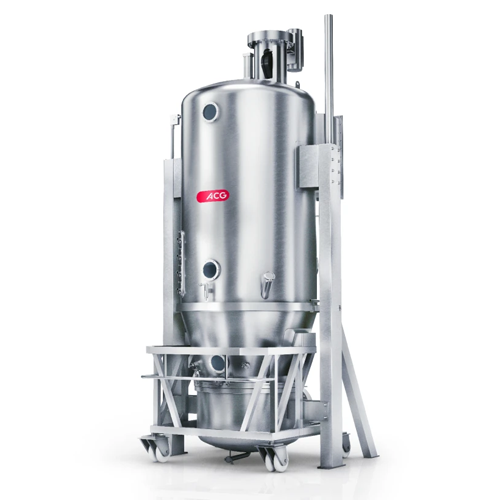
Advanced fluid bed for pharmaceutical granulation
Achieve precise granulation and drying for pharmaceutical powders with ...
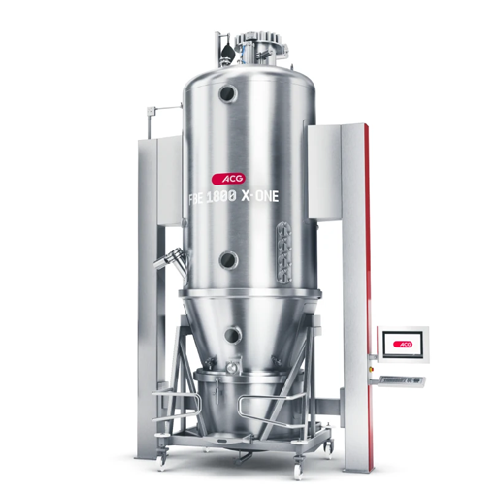
Fluid bed granulator for pharmaceutical applications
Optimize your granulation and drying processes with advanced fluid-b...
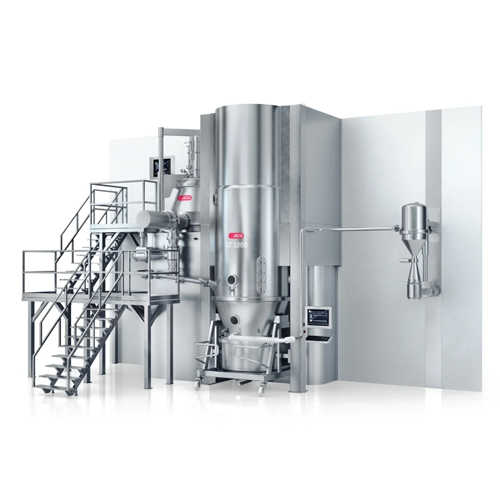
Integrated granulation train for pharmaceutical processes
Achieve precise granulation, uniform mixing, and efficient dry...
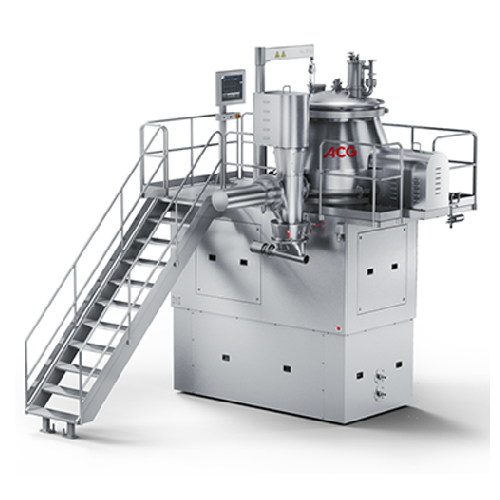
High-shear mixer for large-scale pharmaceutical production
Optimize your granulation process with an advanced high-shear...
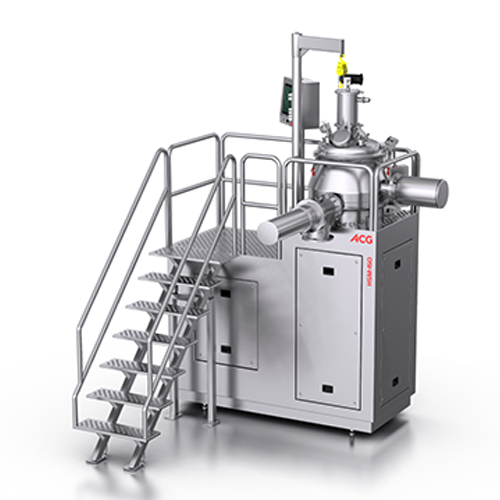
High-shear mixer for small batch granulation
Enhance your production efficiency with a high-shear mixer designed for preci...
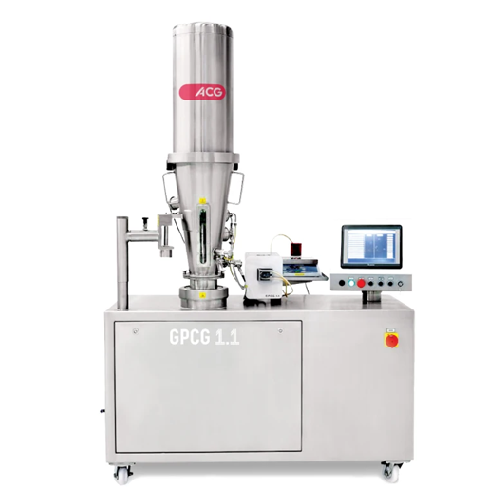
Fluid bed combo for granulation and coating
Streamline your manufacturing with a versatile fluid bed combo, integrating gr...
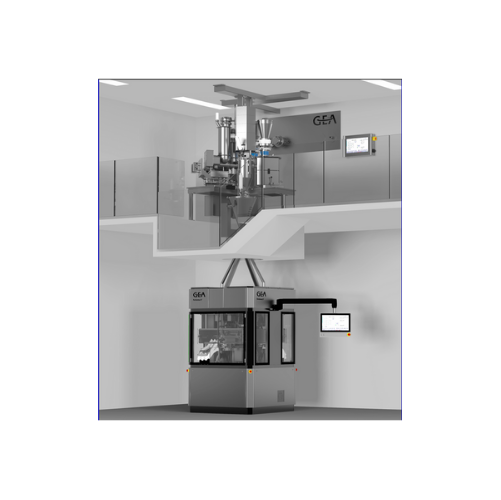
Continuous direct compression line for pharmaceuticals
Optimize tablet production with a seamless system combining contin...
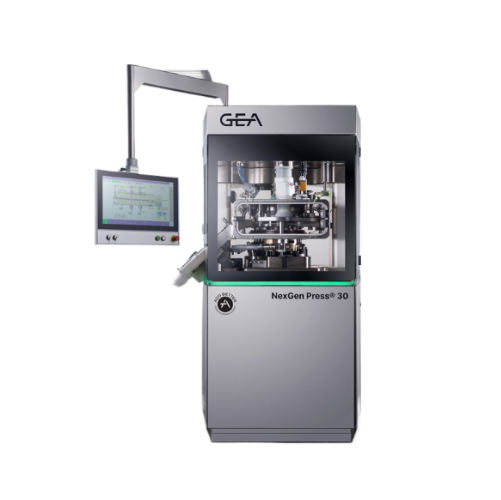
Double-sized bi-layer tablet press
Achieve high-volume production with precision using a double-sized bi-layer tablet press...
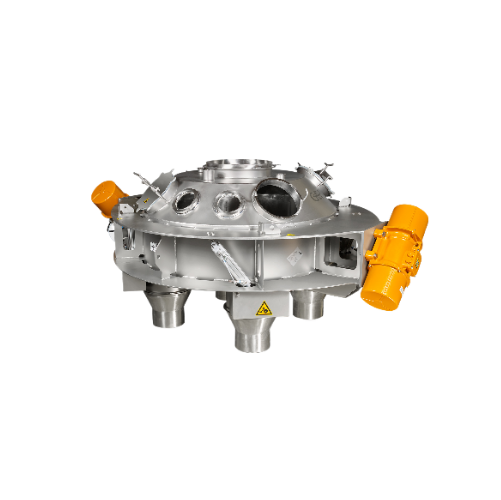
Circular distribution feeder for fragile product handling
Achieve precise dosing and reduced product damage with a versa...

Pharmaceutical intermediate bulk containers (ibc)
Streamline pharmaceutical production with precise containment and trans...
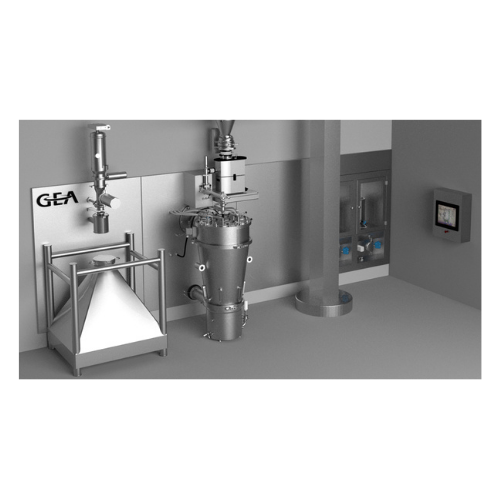
Continuous granulation and drying system for pharma production
Achieve precise control over granule quality with a conti...
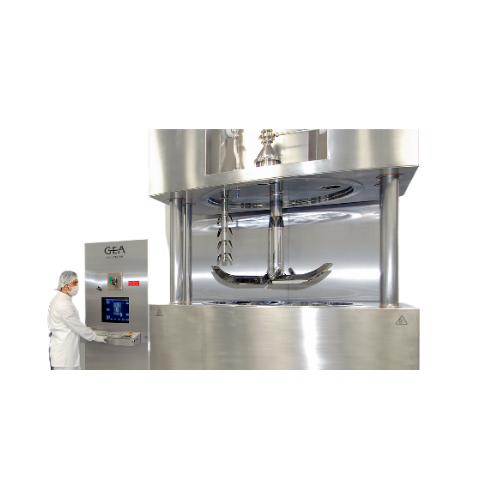
High shear granulator for pharmaceutical applications
Efficiently transform powders into uniform granules for consistent ...
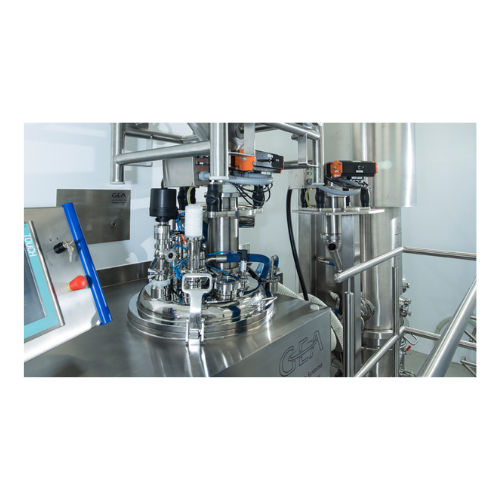
Pharmaceutical bottom-drive high shear granulator
Achieve optimal granule uniformity and precise control over moisture le...

Integrated granulation and drying system for pharmaceuticals
Achieve seamless granulation and drying with our fully inte...
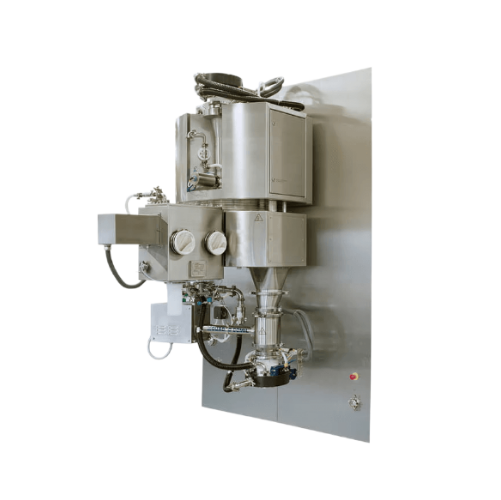
Single pot processor for granulation and drying
Streamline your pharmaceutical production with an integrated solution that...
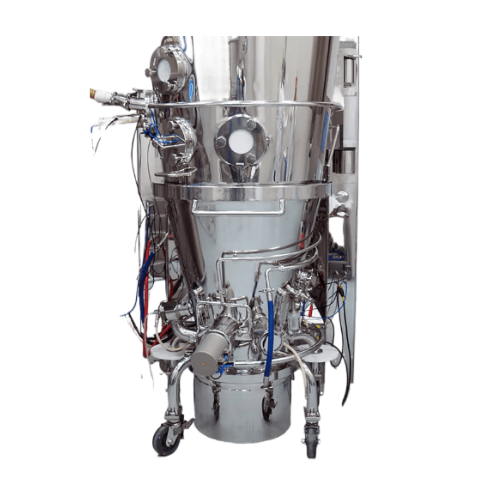
Fluid bed processing of pharmaceuticals
Enhance your pharmaceutical production with versatile fluid bed processors, enablin...
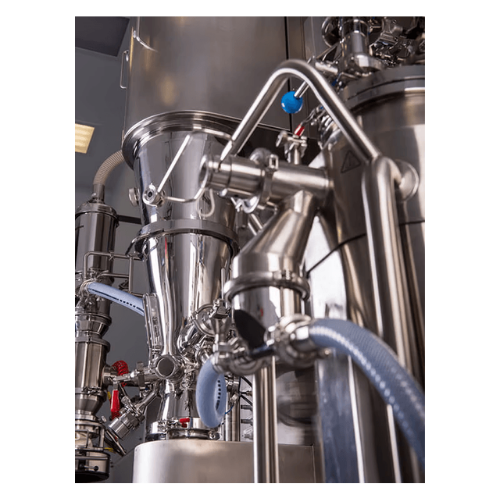
Pharmaceutical fluid bed r&d processing
Ensure precise formulation and consistency in pharmaceutical and nutraceutical tabl...
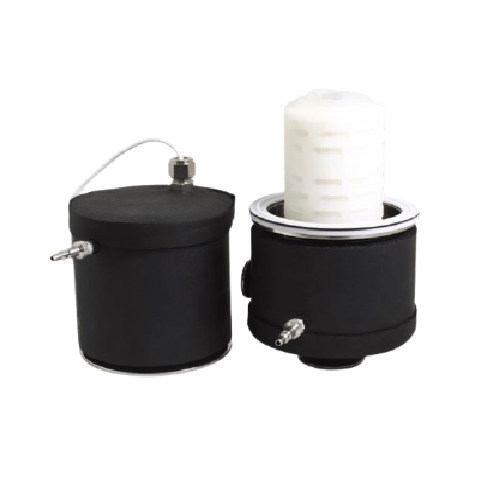
Large production autoclaves for laboratory and pharmaceutical use
Enhance your production line with our large autoclave...
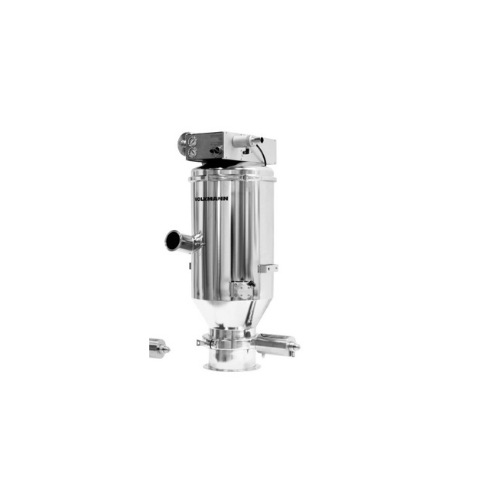
Pharmaceutical vacuum conveyors for hygienic transport
Ensure contamination-free transport of sensitive pharmaceuticals a...
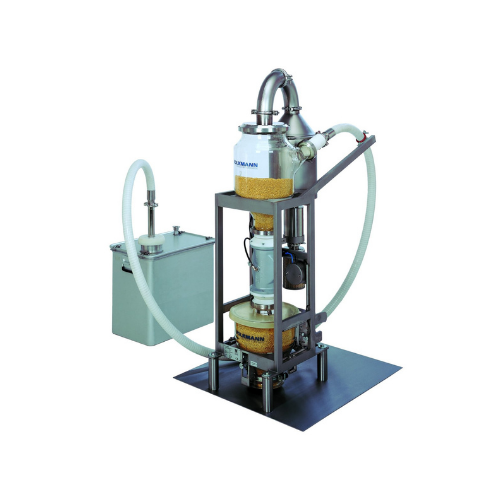
Vacuum conveyor for tablets and capsules
Ensure the integrity of your tablets and capsules with gentle vacuum conveying des...
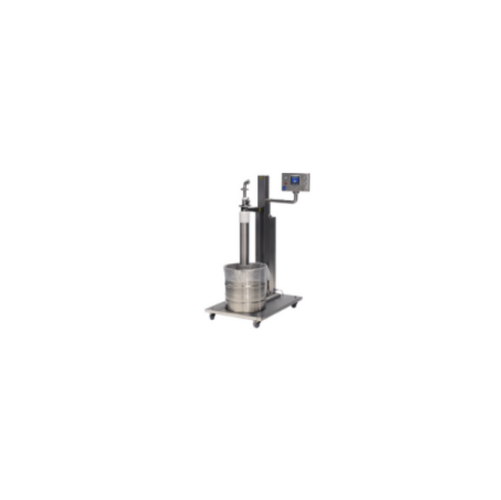
Drum discharge system for bulk material handling
Achieve precise, gentle transfer of sensitive pharmaceuticals and granula...
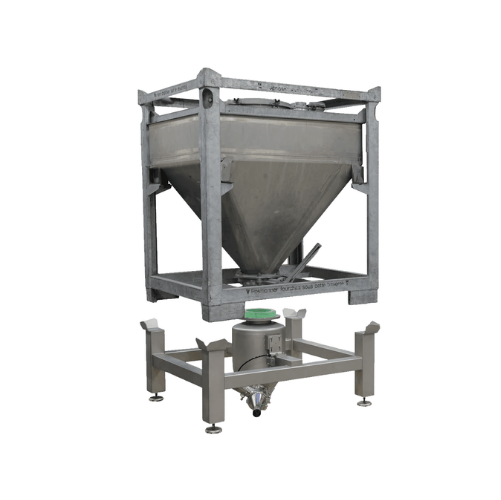
Ibc docking and discharge stations
Ensure seamless material transfer with dust-free docking and effective discharge, mainta...
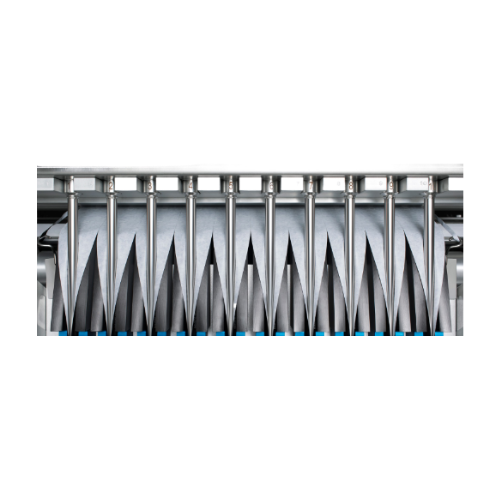
Stick pack packaging for pharmaceutical products
Enhance your production efficiency with compact stick pack solutions, off...
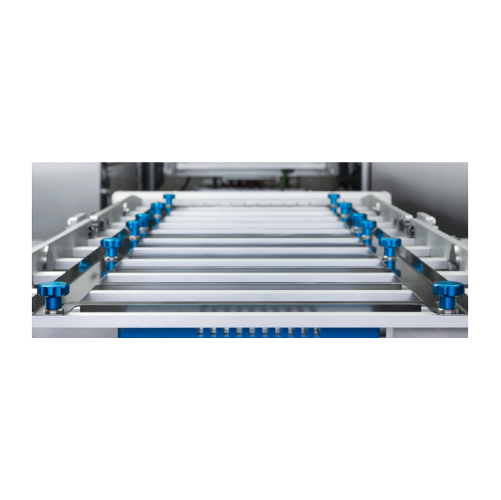
Stick pack packaging line for pharmaceuticals
Optimize your pharmaceutical production with stick pack packaging lines that...
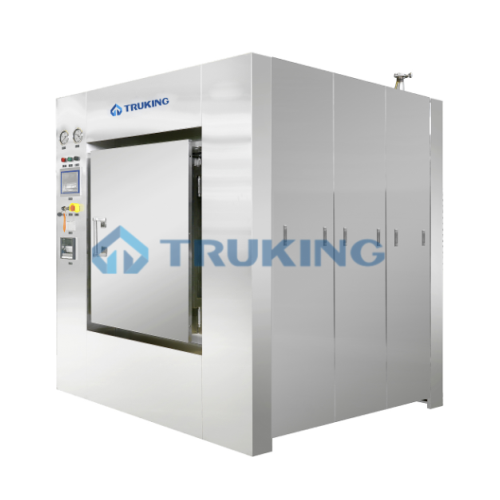
Pharmaceutical autoclave for terminal sterilization
Optimize your sterile production with high-precision terminal sterili...
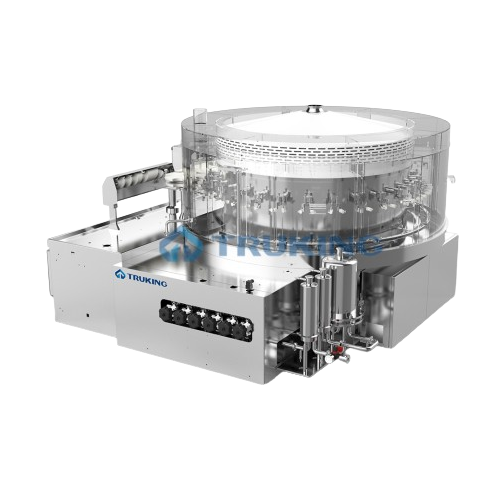
Ultrasonic pre-washing system for large infusion glass bottles
Optimize your cleaning process with an ultrasonic pre-was...
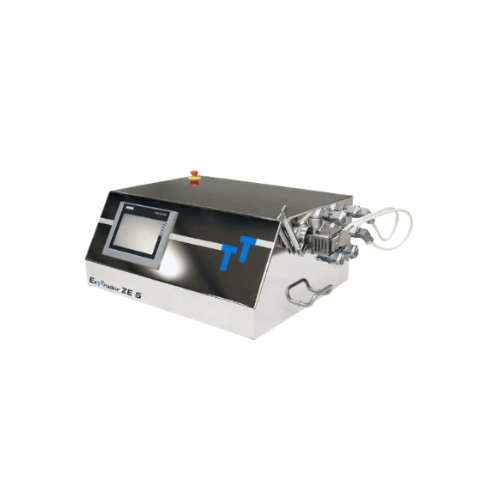
Mini extruder for early development phase testing
In early development, tackling limited material availability is crucial...
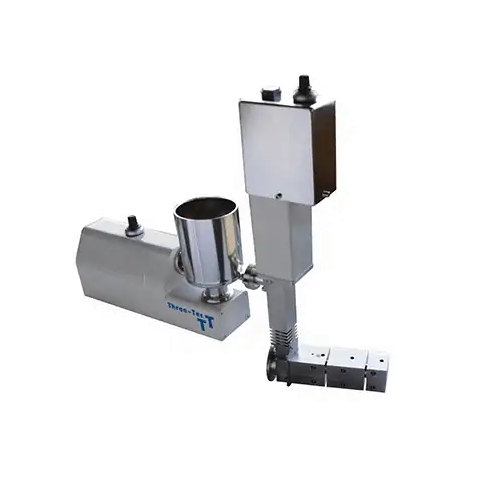
Stuffing feeding device for extruders
Efficiently feed cohesive or lightweight powders into extruders to enhance product qu...
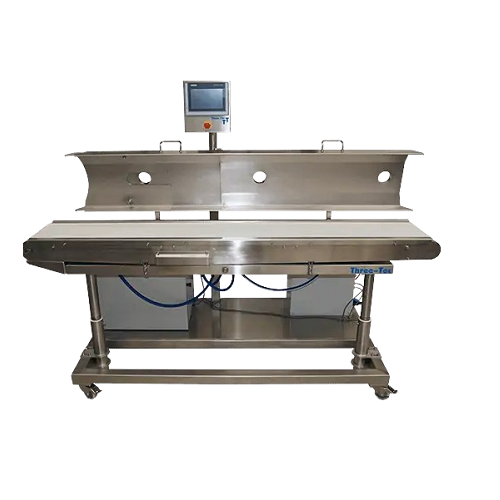
Cooling conveyor belt for extrudates and granules
Efficiently cool and convey extrudates and granules with precise temper...
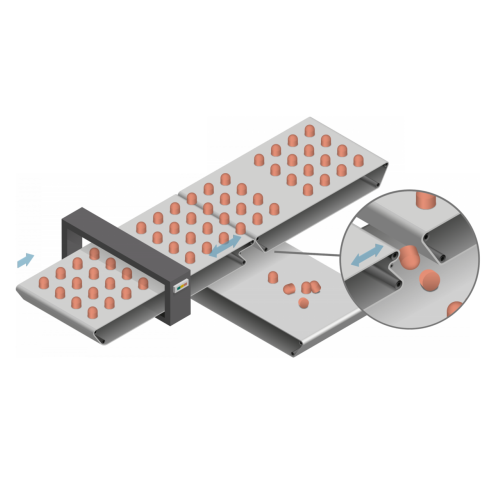
Metal detector for packaging lines
Ensure product purity and safety with precision metal detection, seamlessly eliminating ...
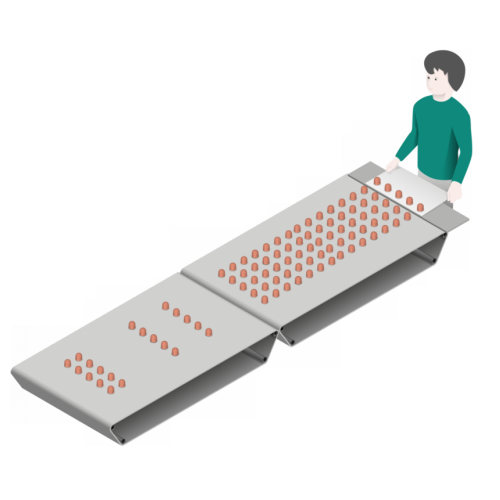
Overflow conveyor for efficient product handling
Streamline your production with overflow conveyors that manage excess pro...
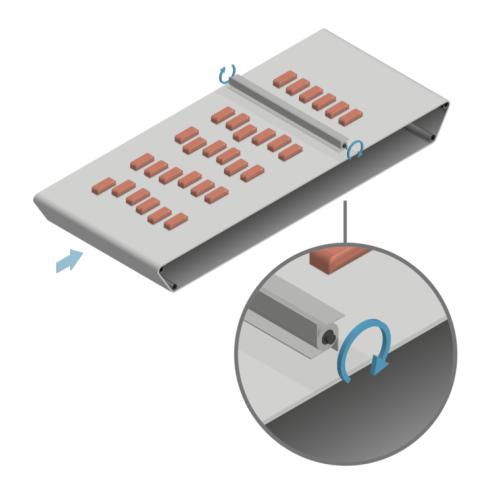
Row aligner for product packaging
Optimize your packaging line with precise alignment and high-speed product handling, ensu...
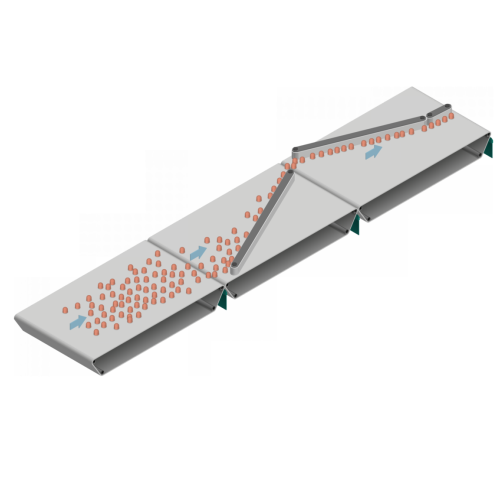
Separating and aligning conveyor for packaging systems
Efficiently manage the flow of diverse solid products like confect...

Vision-based robotic feeding system
Enhance your production line with precise robotic feeding, optimizing product placement...
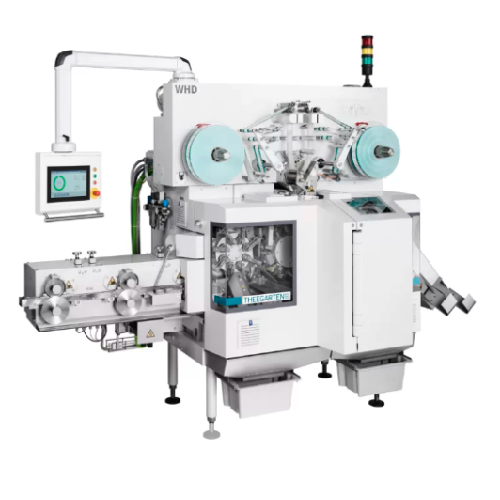
High-speed double twist packaging system for soft caramels
Streamline your confectionery packaging process with a high-s...

High-speed forming, cutting, and wrapping for side and bottom folds
Streamline your confectionery production with a mac...
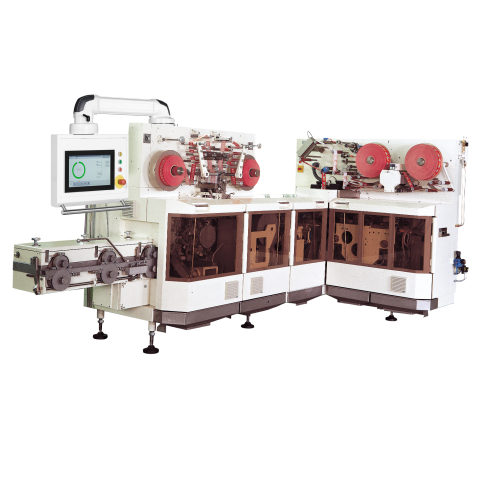
High speed packaging system for fold wrap and stick packs
Streamline your confectionery production with a versatile syst...
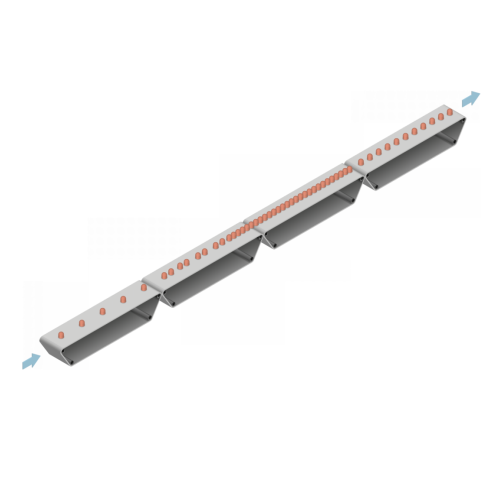
Accumulation conveyor for controlled feeding in packaging lines
Ensure seamless product flow and enhance efficiency in y...
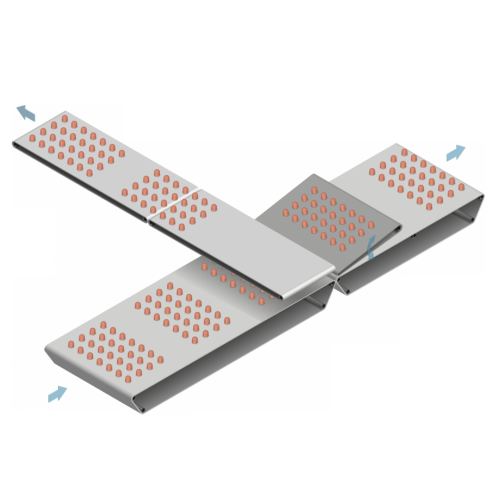
Cross transfer station for mould configuration products
Streamline the transfer of mould-configured products across your ...
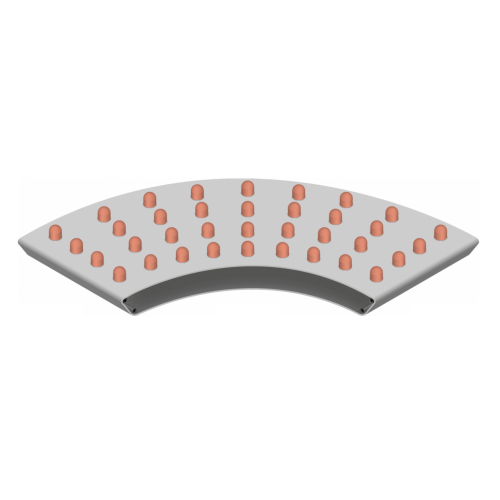
Curved conveyor for product transport
Streamline your product flow with a versatile curved conveyor, perfect for maintainin...
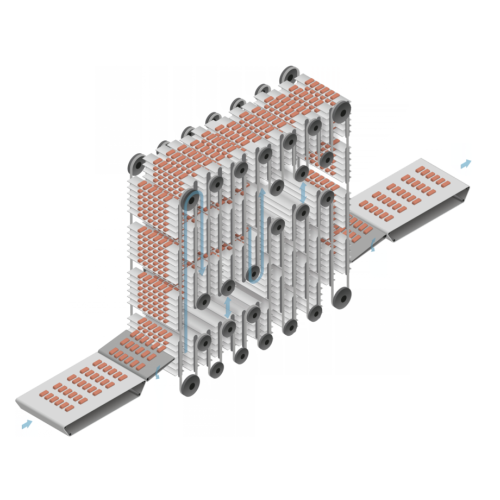
Gondola storage system for efficient product handling
Manage production line inconsistencies with precision by employing ...
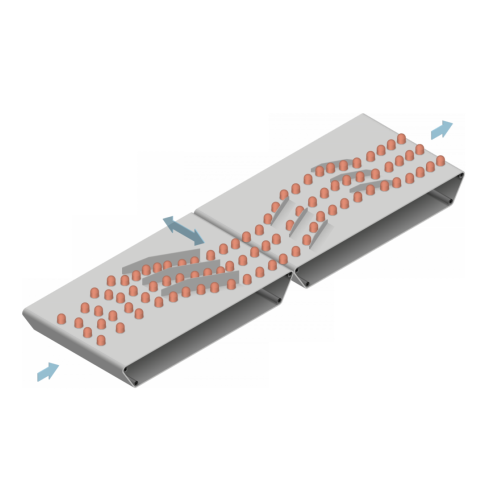
Lane arrangement for efficient product transfer
Optimize your production line’s efficiency with seamless integration...
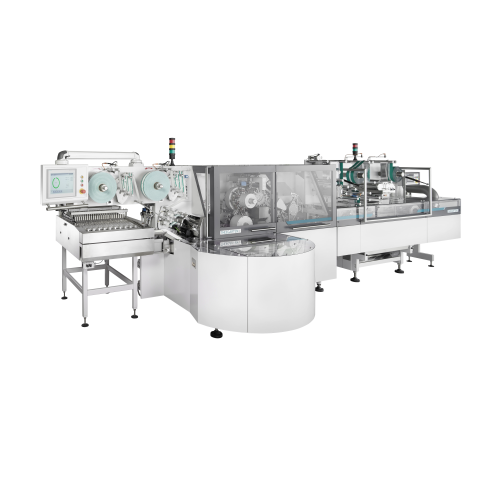
High speed wrapping solution for pre-formed products
Achieve seamless integration of primary and secondary packaging with...
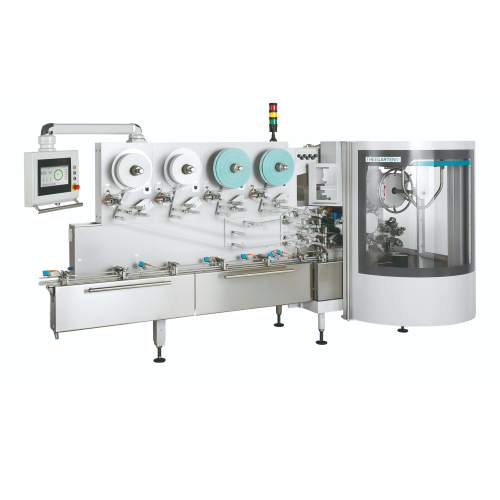
Flexible high-speed wrapping machine for chocolate products
Optimize your confectionery production line with a flexible ...

Flexible high-speed wrapper for confectionery products
Streamline your packaging process with a versatile machine designe...
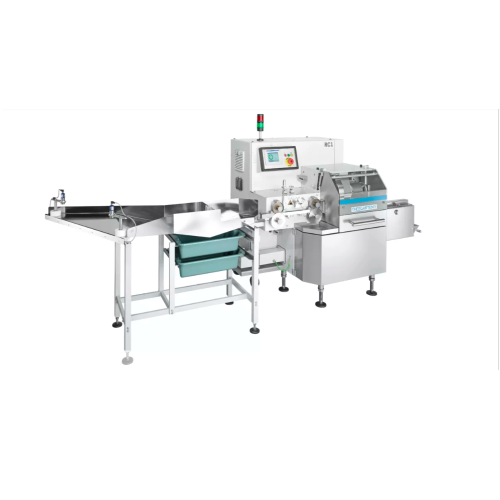
High-speed forming and cutting for soft caramels and chewy sweets
Efficiently streamline your confectionery production ...
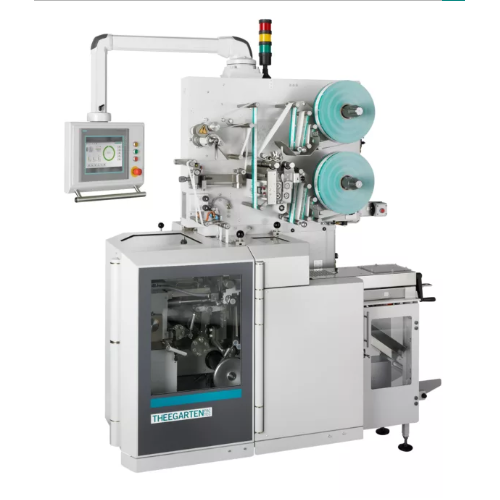
High speed forming, cutting and wrapping machine for soft caramels
Enhance your confectionery line with a versatile sol...
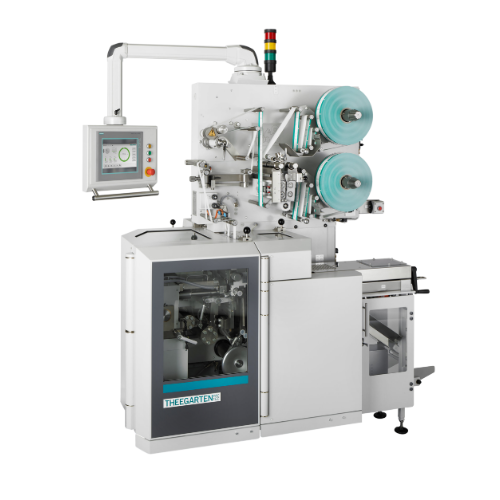
Twin-lane high-speed forming, cutting, and wrapping system
Achieve unparalleled packaging efficiency with a high-speed t...
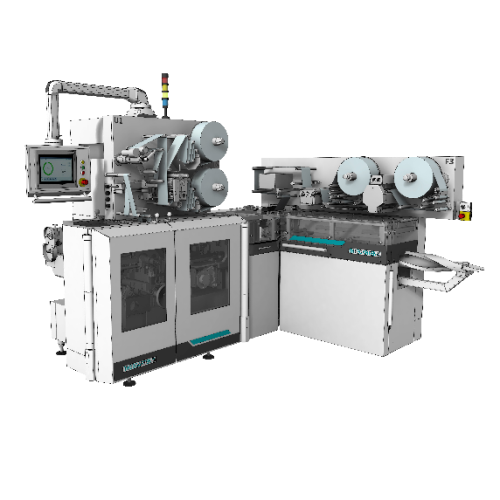
High speed fold wrap and stick packs packaging system
Enhance your confectionery production line with a packaging system ...

High speed forming, cutting, and wrapping for side fold packaging with comic strip
Maximize your output with high-spe...
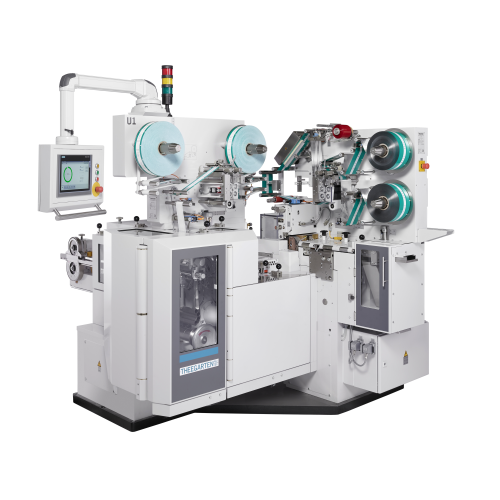
High speed packaging system for soft caramels
Optimize your confectionery line with a high-speed solution designed to seam...
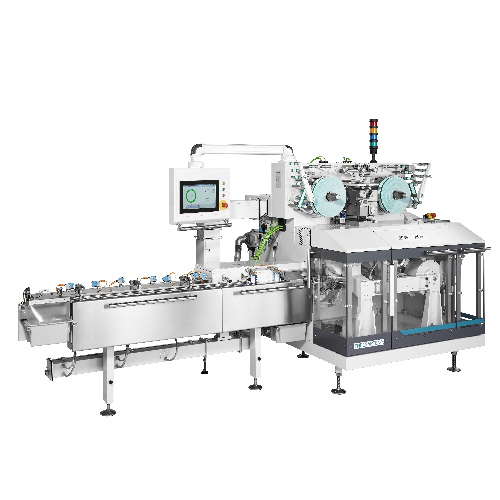
High-speed wrapping machine for chocolate or compressed powder products
For confectionery and pharmaceutical operations...
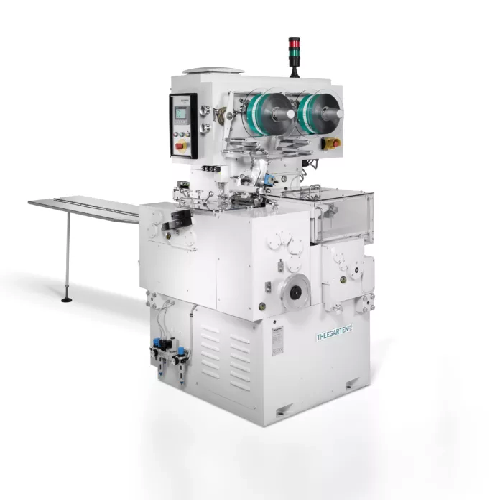
Forming, cutting, and wrapping system for soft caramels
Optimize your confectionery production line with a solution desig...

Forming, cutting, and wrapping products in multiple styles
Achieve versatile and efficient packaging for confections and...
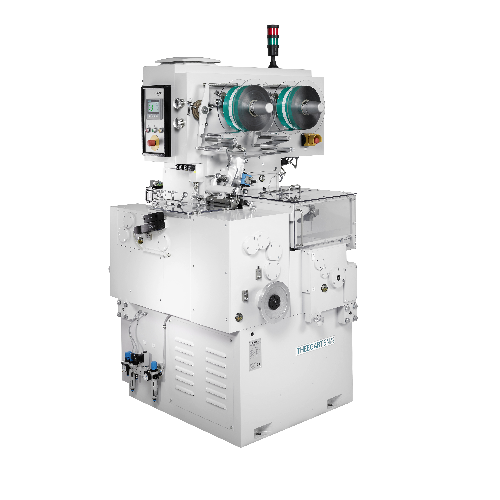
Forming and wrapping system for soft caramels with comic strip
Elevate your confectionery packaging with a high-speed fo...
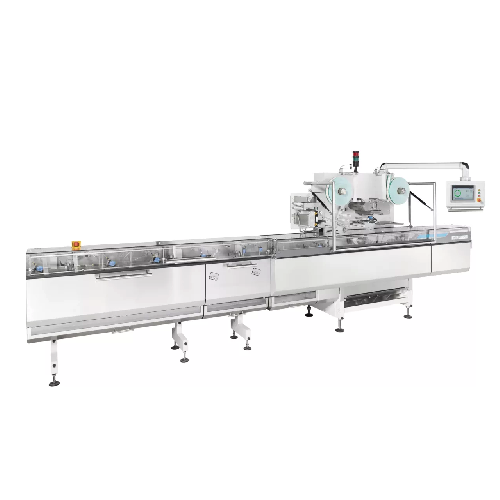
Modular high-speed wrapper for chocolate flow packs
Efficiently wrap a wide range of products, from chocolate bars to dis...
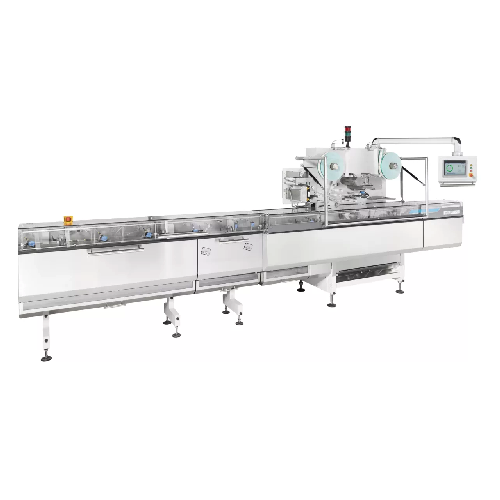
High-speed wrapping solution for compressed powder products
Efficiently wrap high-volume compressed powder products with...

Modular high-speed forming, cutting, and wrapping for soft caramels
Streamline your confectionery production with a hig...

High speed wrapping solution for hard candies and toffees
Enhance your production with a high-speed solution designed fo...
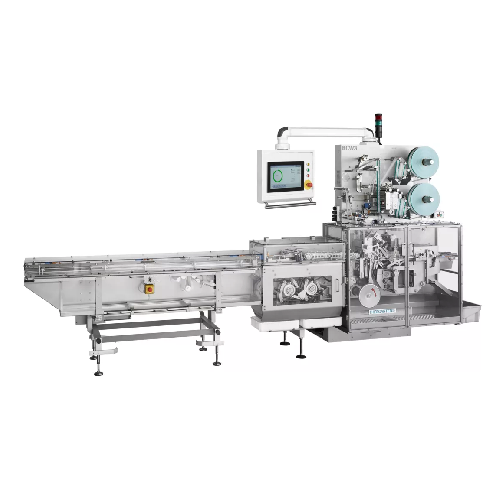
High-speed packaging machine for bouillon cubes
Streamline your production process with a machine designed to handle up to...
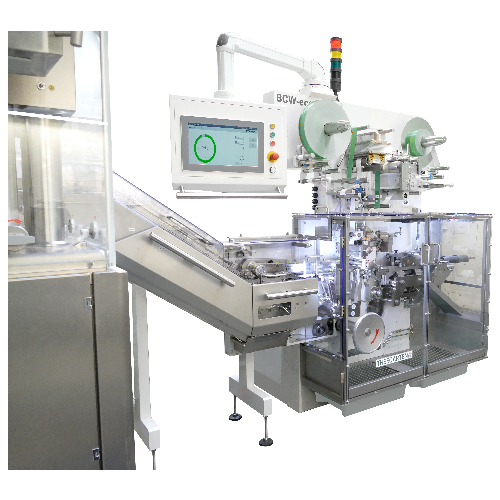
Bouillon cube wrapping system
Streamline your packaging line with a high-speed system tailored for compact, compressed produ...
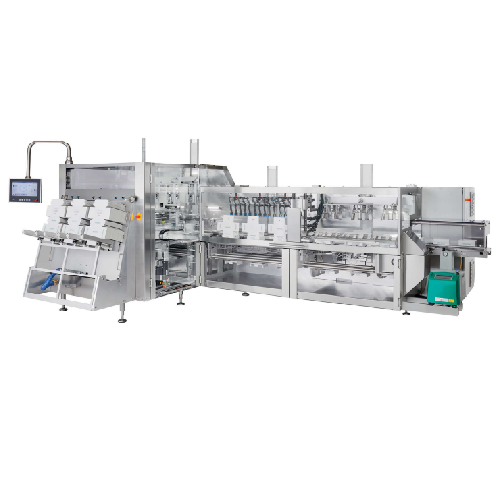
High-speed cartoning system for primary wrapped products
Optimize your packaging line with this high-speed cartoning syst...

High-speed chocolate wrapping system
Optimize your confectionery packaging process with a versatile, high-speed wrapping so...
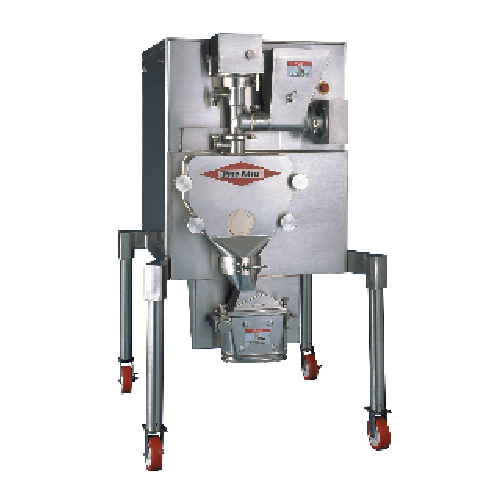
Pilot to full-scale roller compactor for dry granulation
Easily transition from pilot to full-scale production with this ...
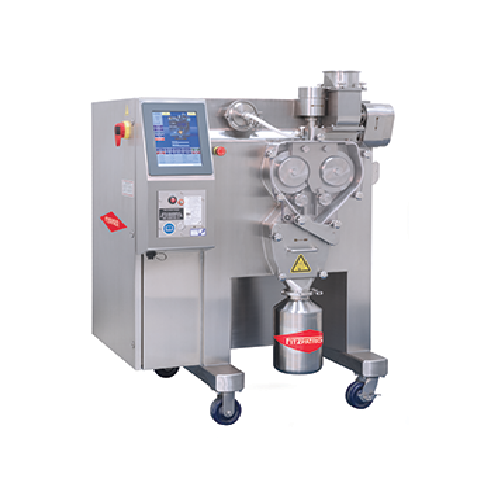
Roller compaction for dry granulation in pharmaceuticals
Ensure consistent granule size and density in your product line ...
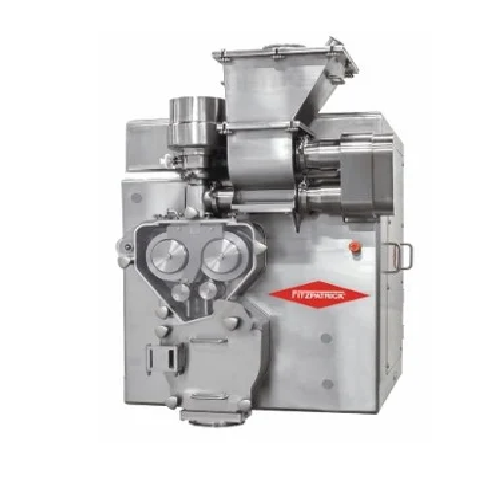
Roller compactors for dry granulation
Optimize your powder processing with advanced roller compaction, ensuring consistent ...
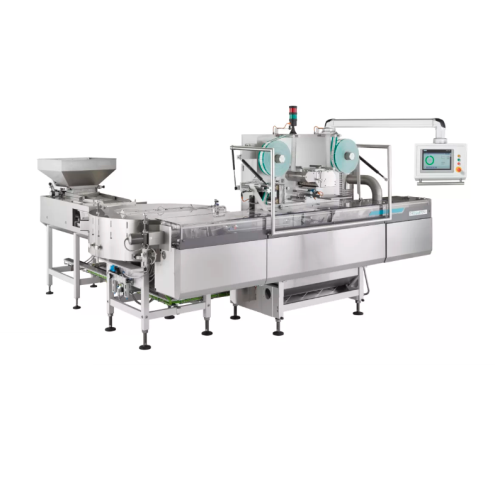
Modular high-speed flow pack wrapper for preformed products
Eliminate packaging line bottlenecks with a versatile high-s...
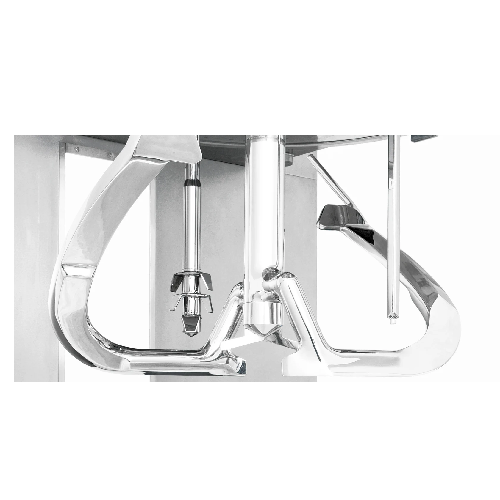
High-shear mixer granulator for pharmaceutical production
Achieve optimal granulation with enhanced mixing efficiency, r...
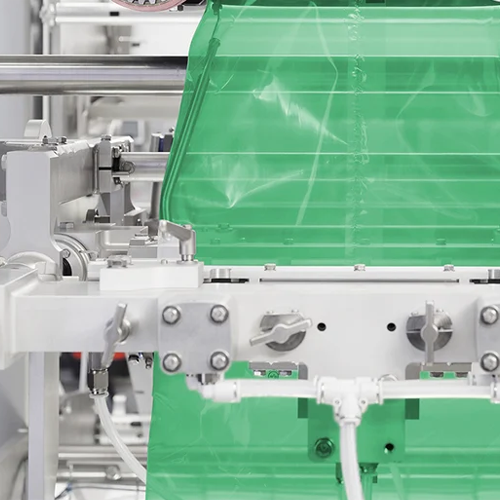
Vffs packaging solution for diverse bag styles and high hygiene standards
Enhance your packaging operations with high-...

Automated visual inspection for pharmaceutical products
Ensure the integrity and safety of your parenteral products with ...
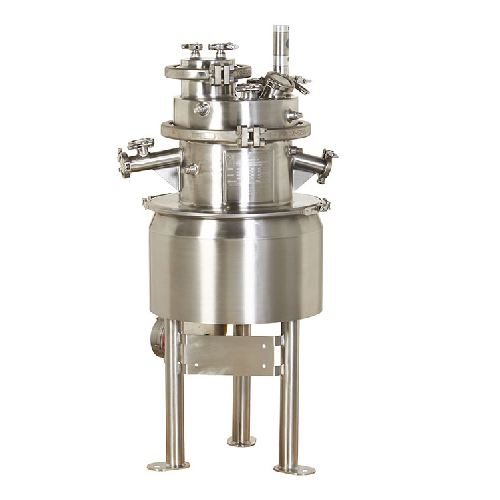
Lab Pharmaceutical aseptic separator
Achieve high-yield recovery and safe handling of potent pharmaceuticals with this asep...
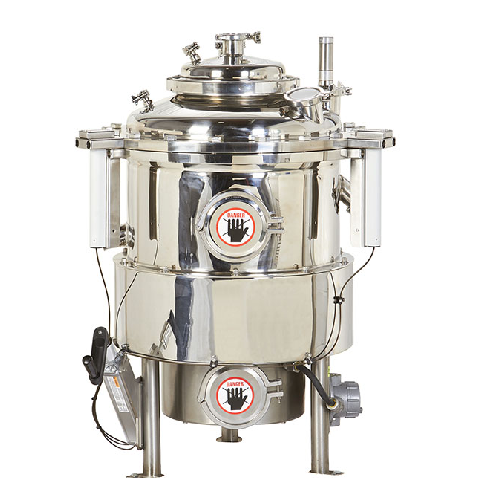
Pilot pharmaceutical aseptic separator and dryer
Achieve high-yield recovery of potent compounds with a separator that com...
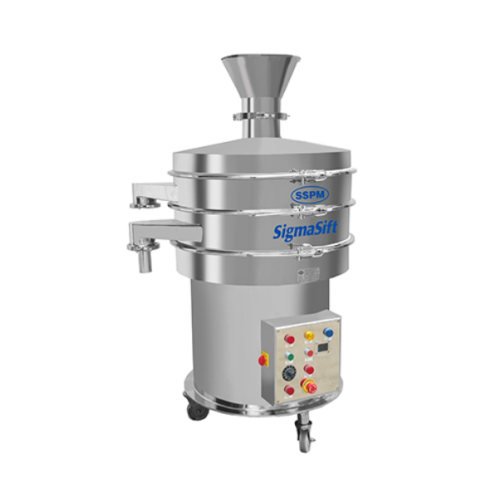
Vacuum rated vibro sifter for pharmaceutical materials
Ensure precise separation of impurities and achieve consistent par...
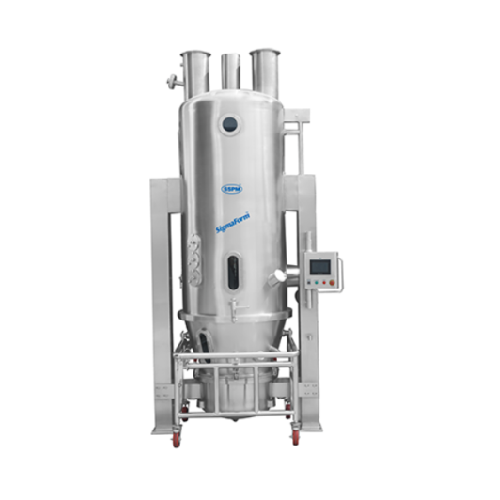
Fluid bed dryer for wet granulation in pharmaceutical industry
Streamline your production with fast, uniform drying and ...
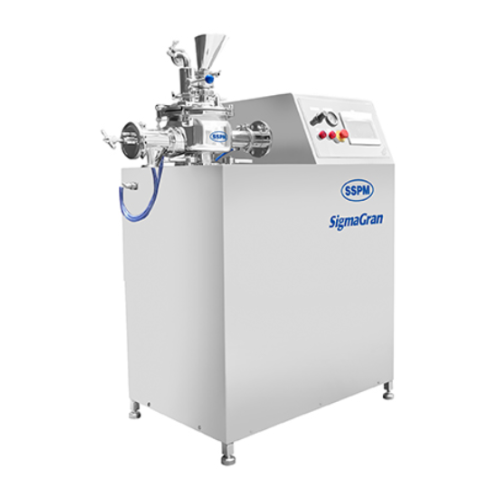
High shear granulator for uniform wet granules
Achieve uniform and homogeneous wet granules with high-speed mixing and aut...
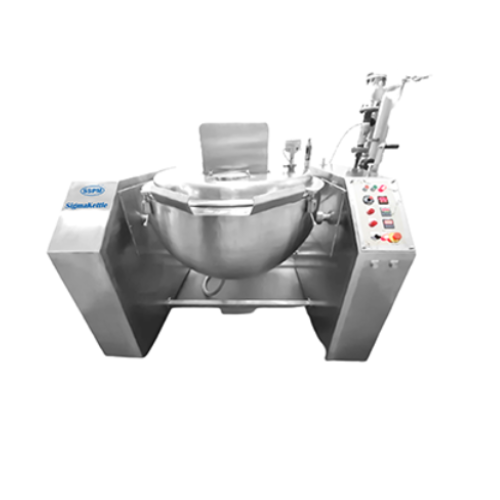
Steam/electrical kettle for wet granulation processes
Achieve precise moisture content and uniformity in your granulation...
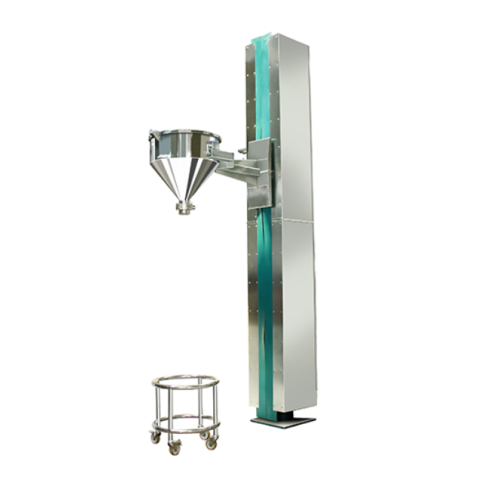
Material lifting system for dust-free transfer in pharma plants
Achieve seamless material transfer with reduced manual h...
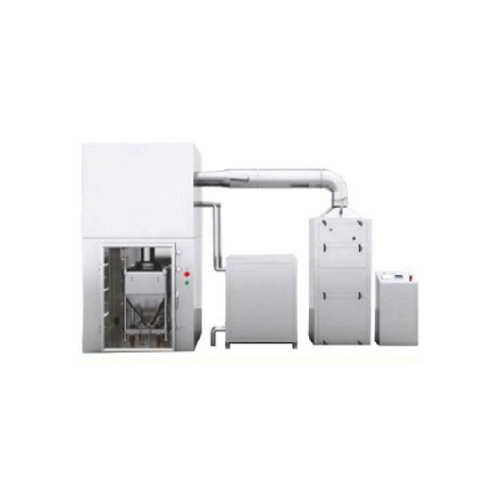
Bin washing station for pharmaceutical applications
Achieve reliable sanitation and enhanced efficiency with this tailore...
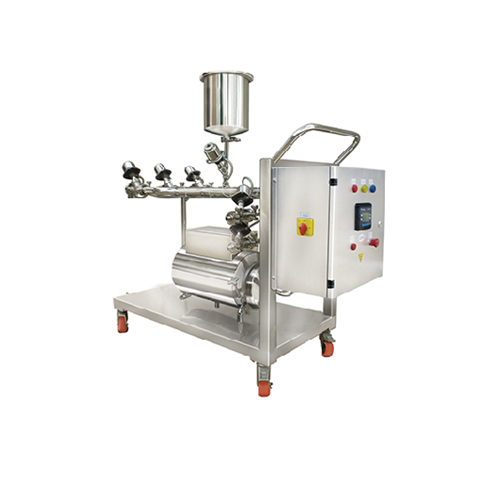
Wet granulation cleaning system
Ensure optimal cleaning and purification within your production line with a system designed ...
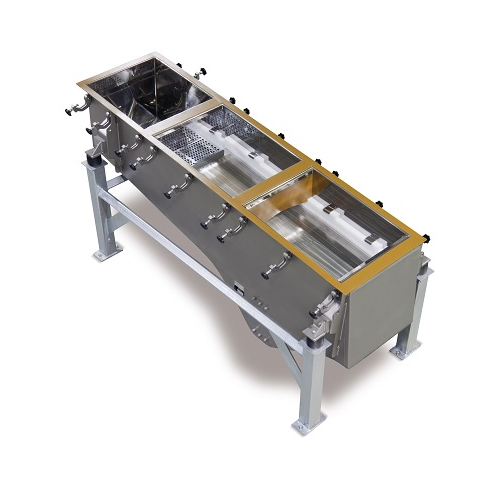
Pharmaceutical sieving equipment for high hygiene standards
Ensure the purity of pharmaceutical powders and granulates w...
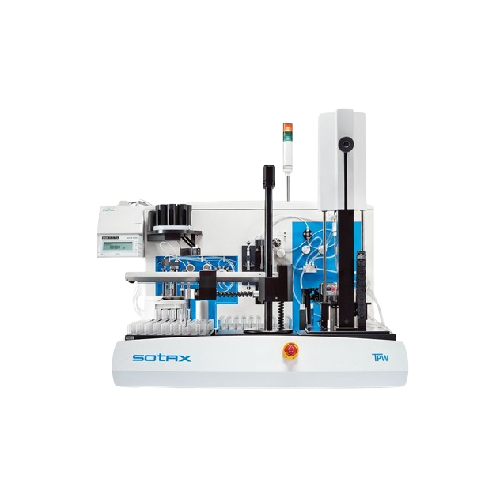
Automated sample preparation workstation for content uniformity testing
Streamline your laboratory workflows with autom...

Automatic carton labelling and weighing system
Boost your carton packaging precision with a solution that seamlessly integ...
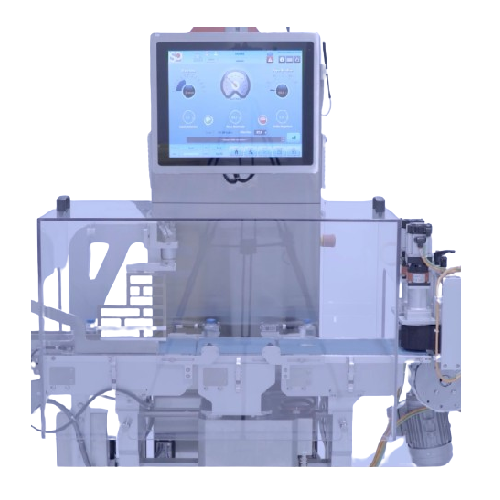
High precision pharmaceutical checkweigher
Ensure precise weight compliance in high-speed production lines with this advan...
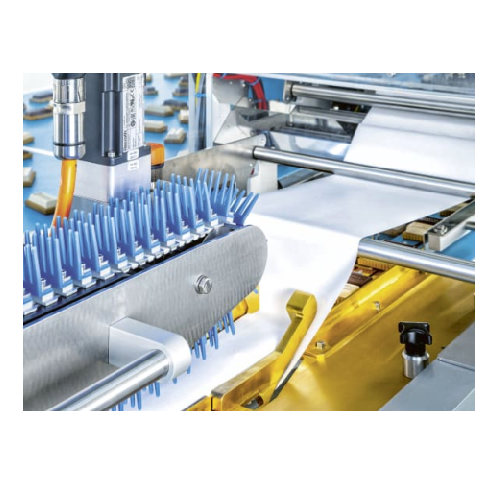
Flow-wrapping machine with quick format changeovers
Optimize your packaging flexibility with a flow-wrapping machine desi...
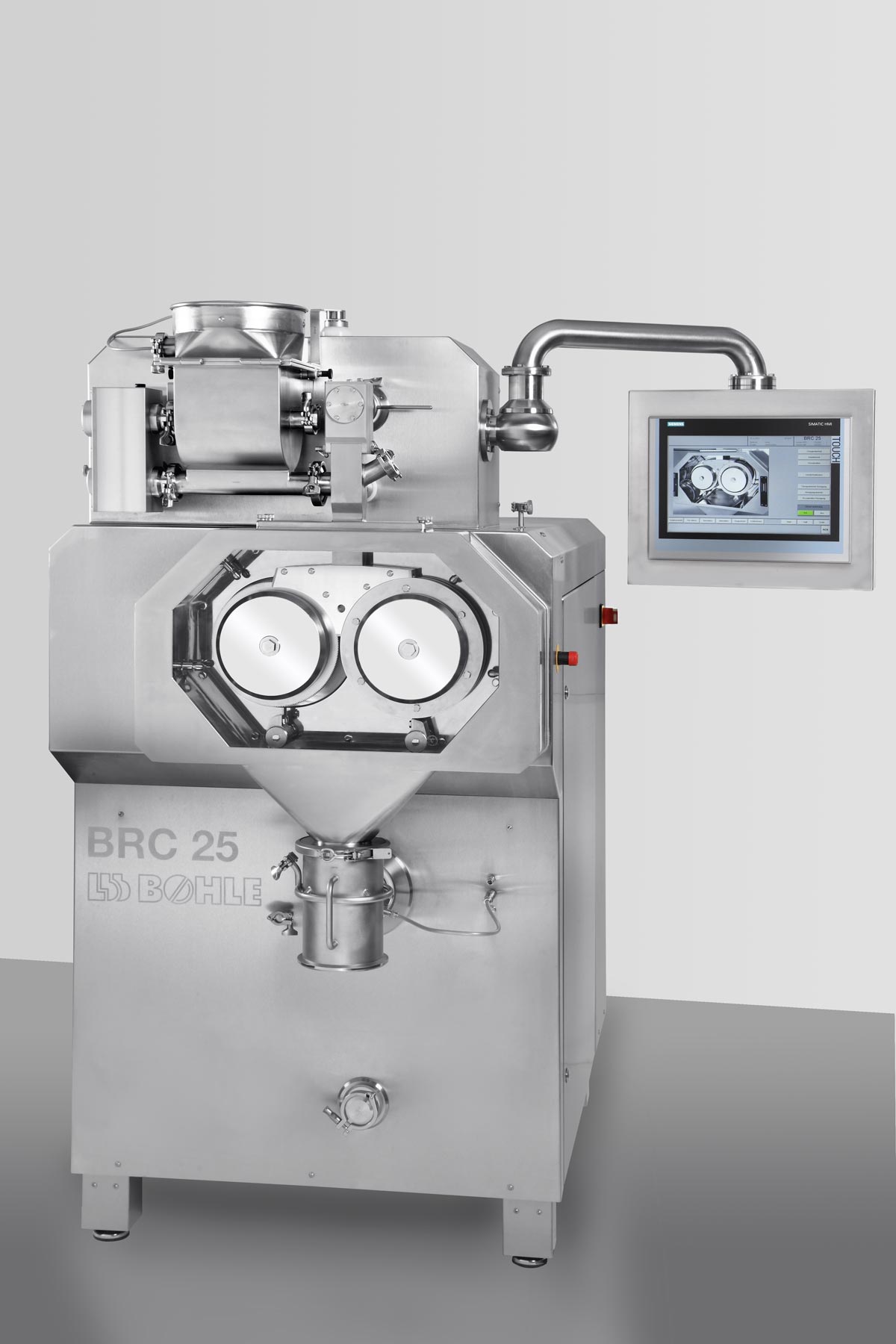
Continuous roller compactor for dry granulation of pharmaceuticals
When making tablets, pharmaceutical manufacturers ne...
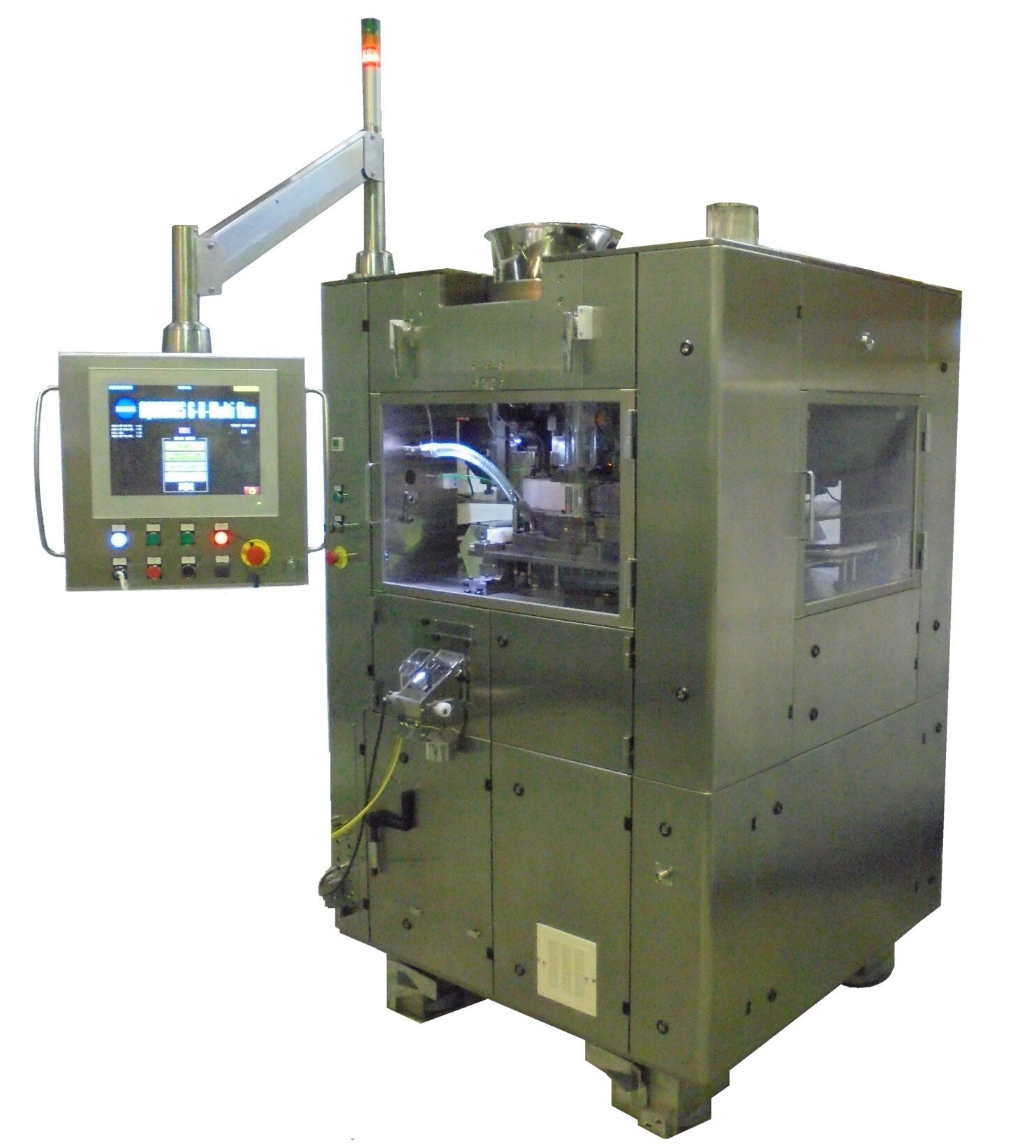
High Speed Double-Sided Tablet Press
To achieve as much as double the output of single-sided tablet press, the upper and lo...

High Speed Tablet Press
High speed pharmaceutical tablet presses convert powder to tablets. The operations should be quick an...
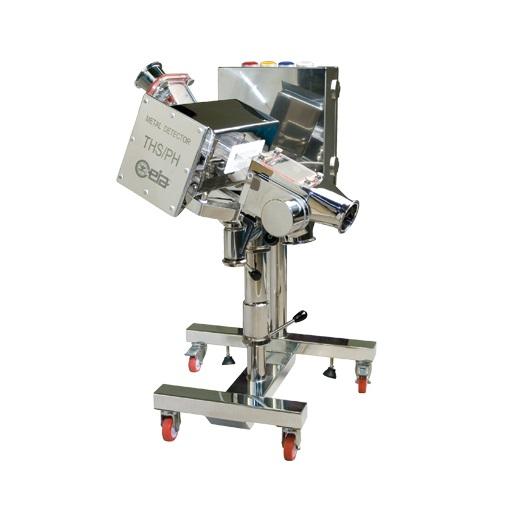
Dust-tight metal detector for tablets
For FDA-compliant production of tablets, the elimination of airborne dust containing ...
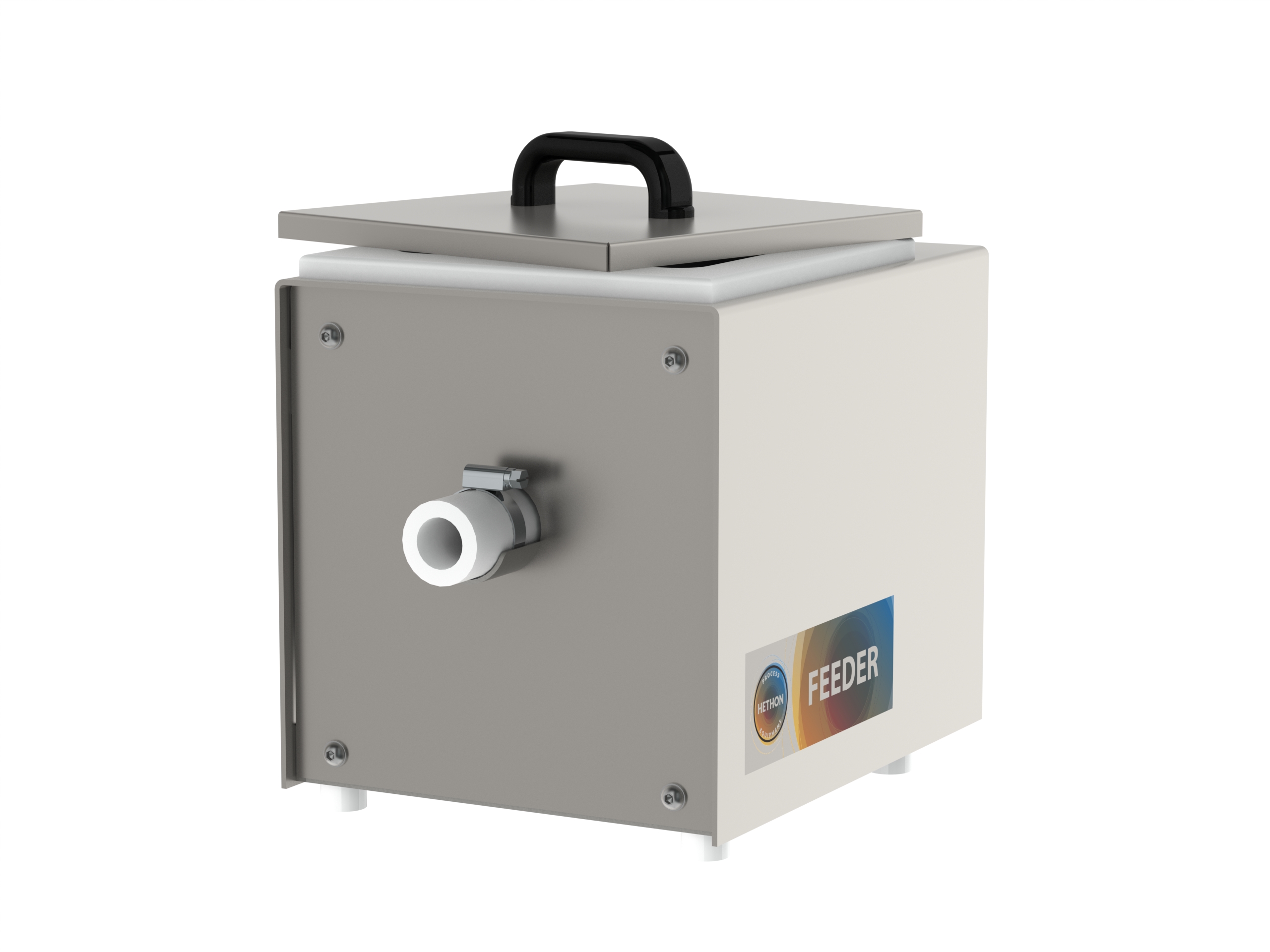
Small feeder with flexible wall hopper
In many laboratory applications and production processes, smaller quantities of powd...
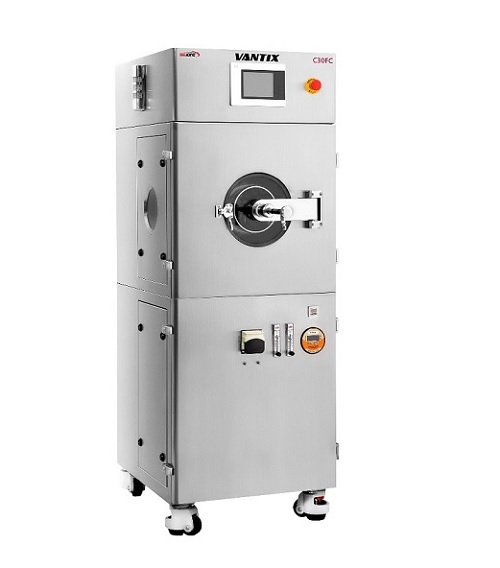
Automatic tablet coater for lab scale
The ability to coat tablets in an even and controlled way is an important stage in th...
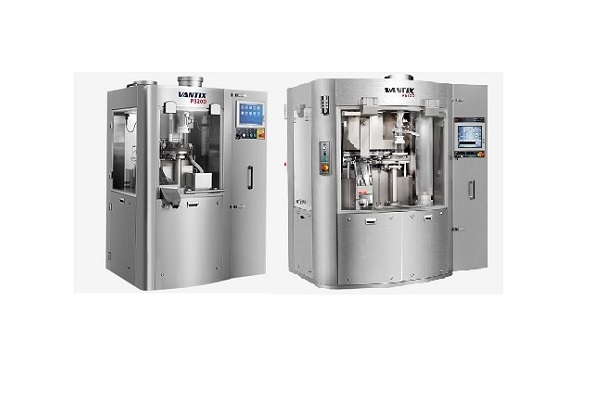
Single and double layer tablet press
High performance tablet presses that are capable of producing both single and double-l...
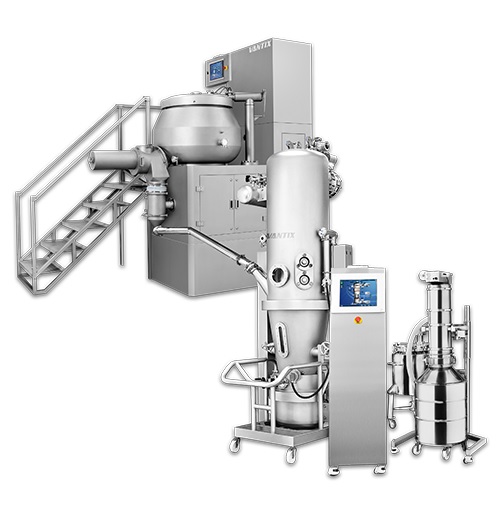
Granulation line of mixer and fluid bed dryer
A complete granulation line allows for the mixing and granulation of pharmac...
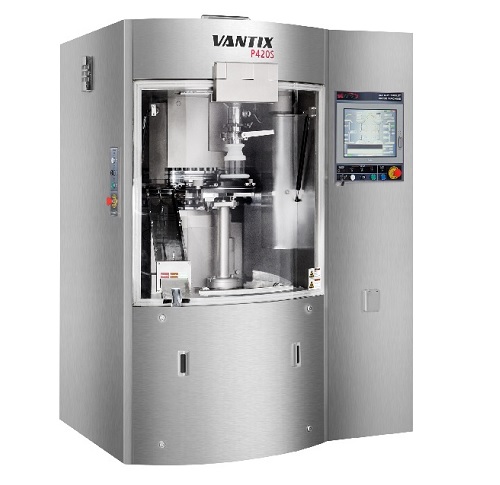
Single layer tablet press
High performance tablet presses for the modern production environment need to be fast, accurate an...
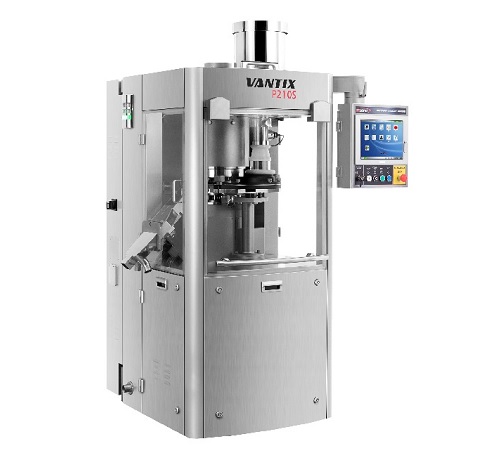
Rotary tablet press
For pharmaceutical tablet producers looking to reduce waste, costs and increase production volume, a hig...

High-shear mixer
For the efficient mixing of larger batches of pharmaceutical compounds and high-shear mixer provides the opti...

Entry-level high-shear mixer for drug formulation
For pilot and lab-scale pharmaceutical formulations, a high-shear granu...
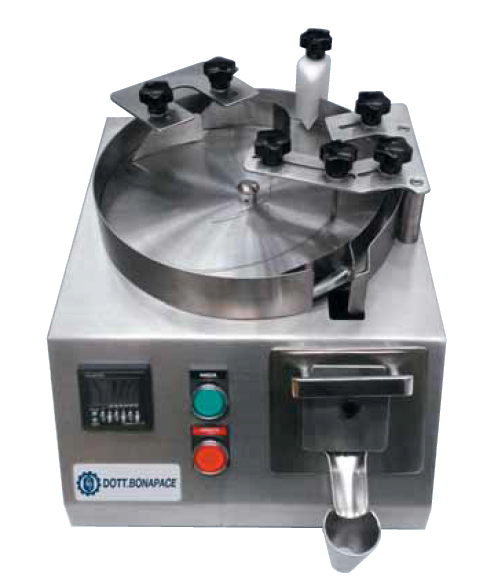
R&D electronic counter for capsules and tablets
This machine has been designed to offer an ever-precise and reliable count...

Premium vacuum conveyor
When you have a need to tailor make your conveyor and still have the high requirement on hygiene, e.g...
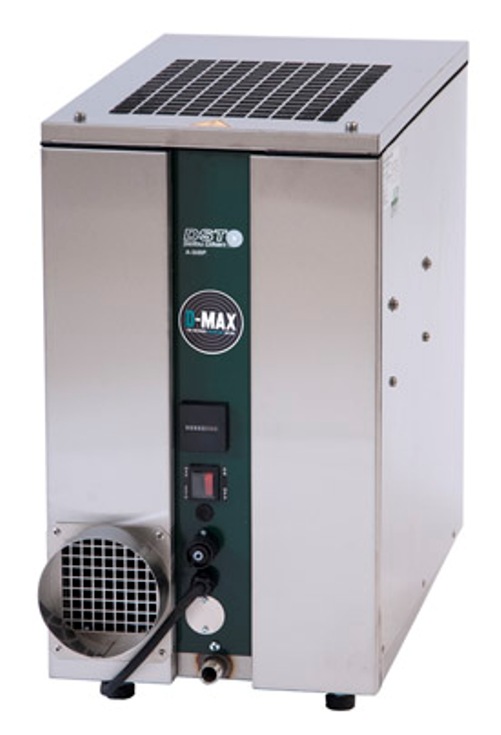
Sorption dehumidifier with air-chilled condenser
It is not always possible to duct out the wet air from a dehumidifier ser...
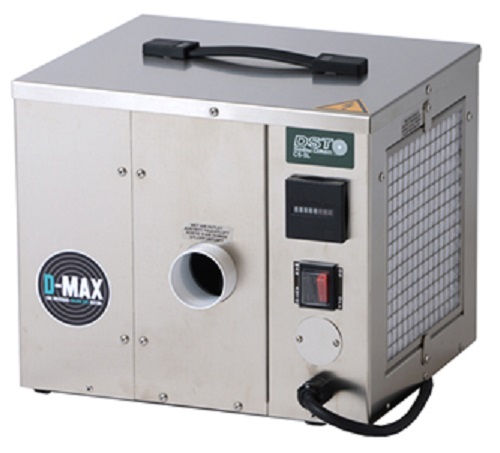
Small portable dehumidifier
Water damaged areas require dehumidification to limit the damage and prepare the area for restor...
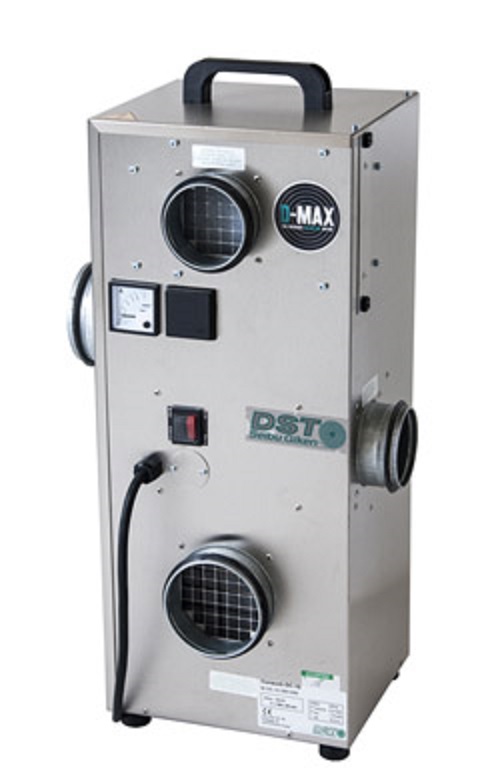
Sorption dehumidifier for large temperature differences
Small, humid areas can be difficult to dehumidify in humid ambien...
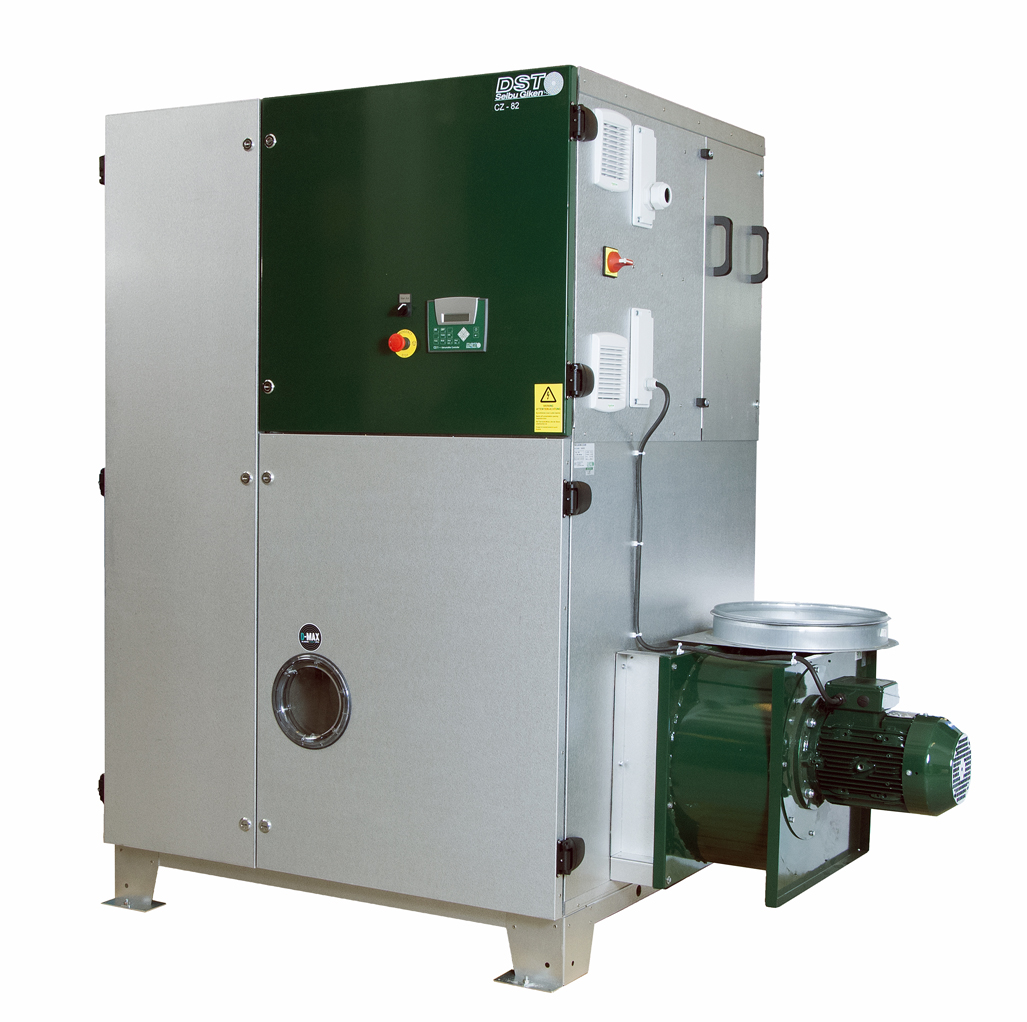
Sorption dehumidifier for deep drying
Humid ambient conditions such as those in tropical climates make dehumidification mor...
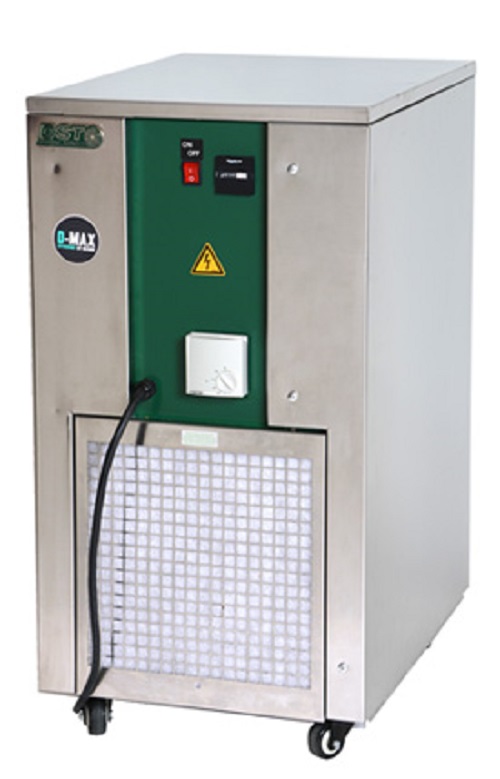
Dehumidifier for difficult wet airflows
Sealed rooms can be challenging to dehumidify with ordinary dehumidifiers. The wet ...

Sorption dehumidifier for overpressured rooms
Small humid spaces, used for processing or storage, often need a simple dehu...

Heat recycling sorption dehumidifier
Facilities that handle large amounts of water can become very humid. High humidity may...

Industrial desiccant dehumidifier
Dehumidification of medium sized manufacturing and processing facilities can be a dauntin...
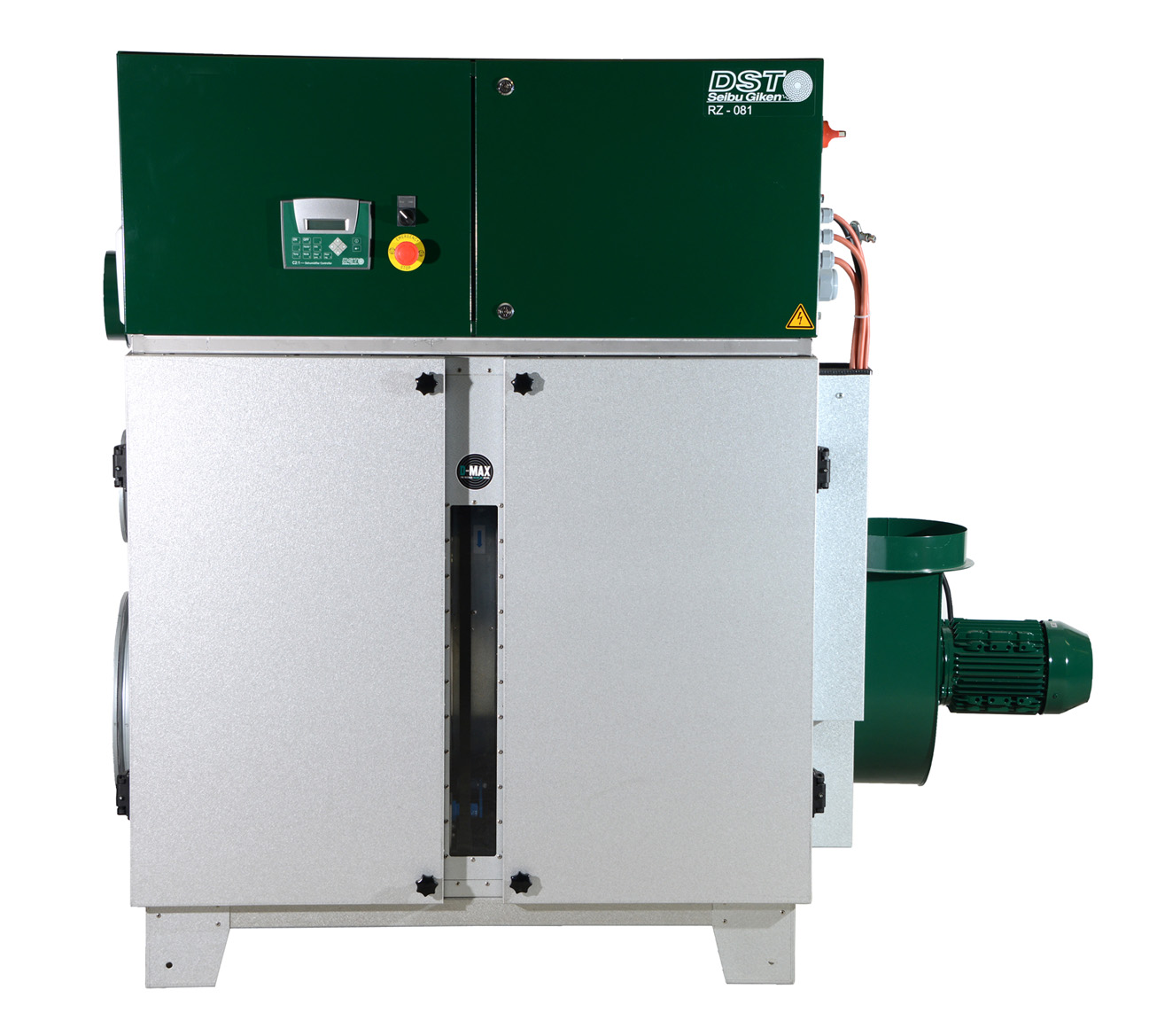
Large scale desiccant dehumidifier
Moisture sensitive processing and storage facilities need low humidity environments to s...

Customizable dehumidifier
Dehumidification needs can vary significantly from one project to another. Dehumidifiers with a fi...
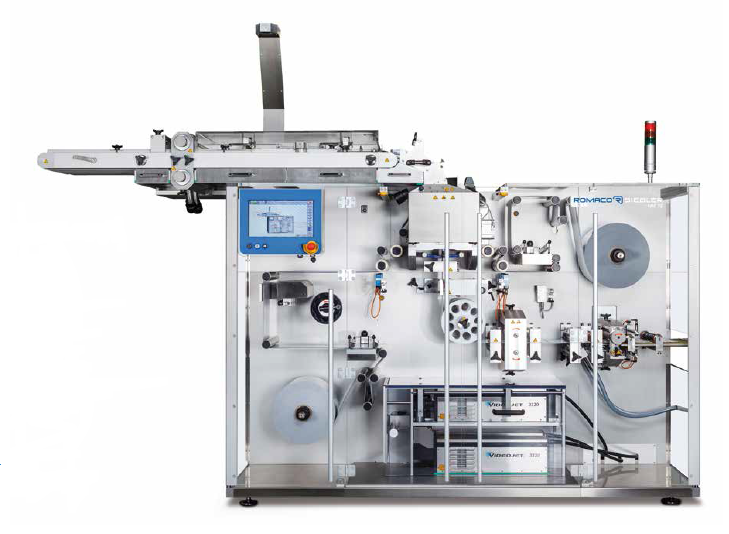
Strip packaging machine for effervescent tablets
Pack your effervescent tablets with extreme precision and care at a speed...
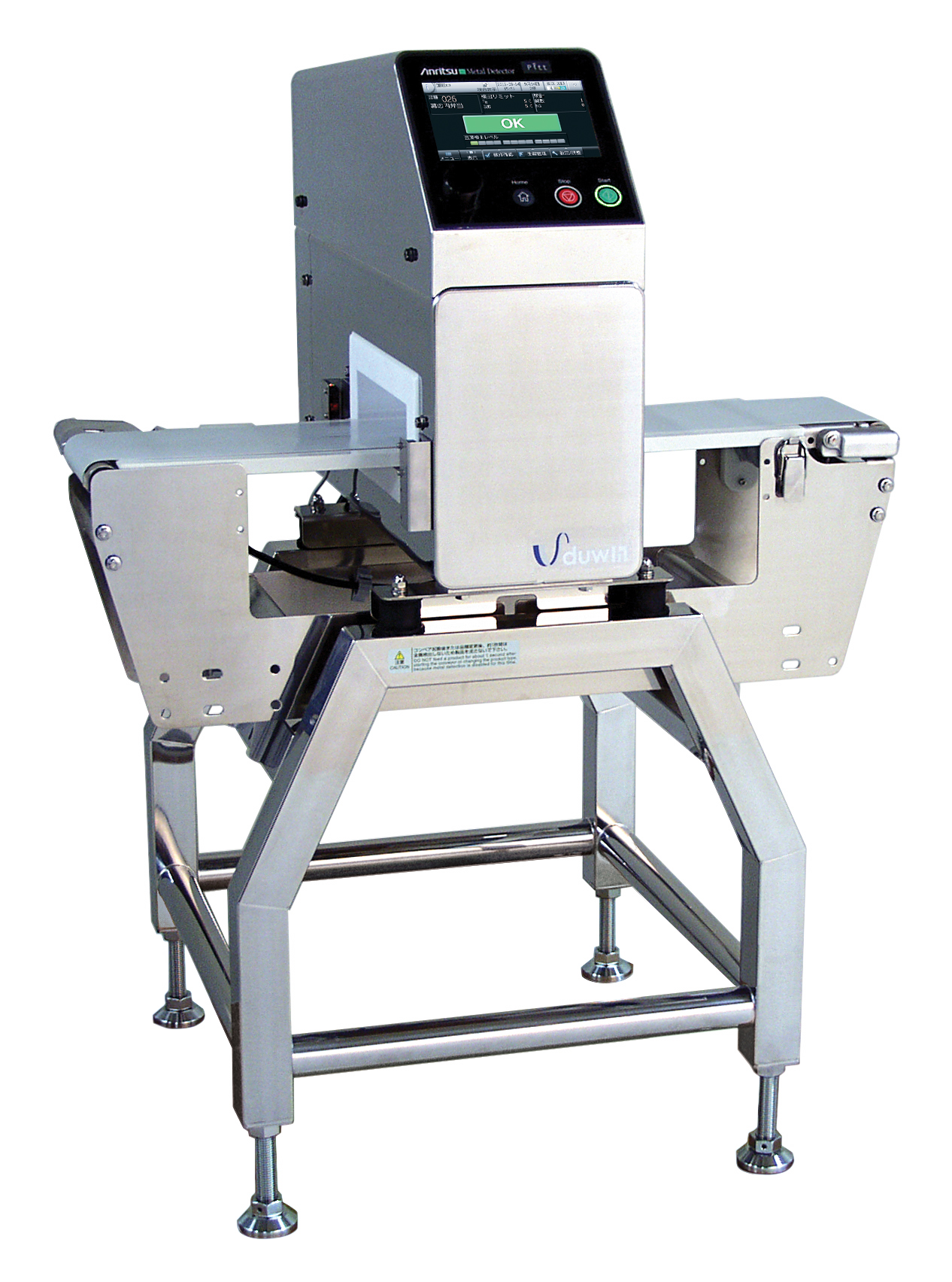
High-sensitivity metal detection system
Highly efficient metal detector with enhanced quality control and reporting capabil...
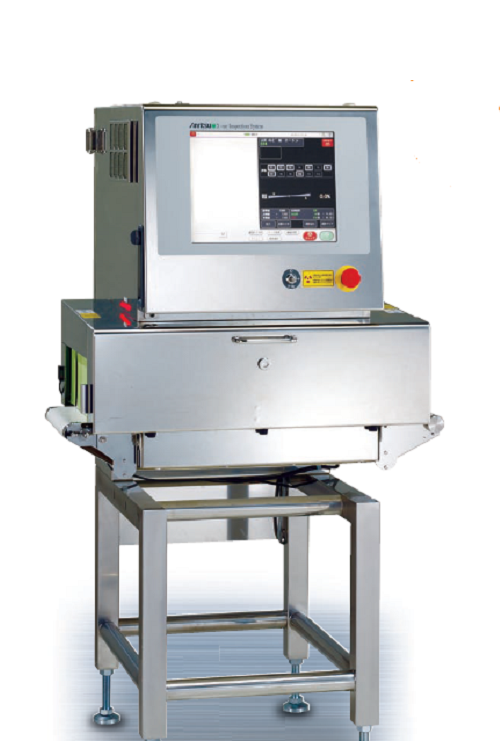
Entry-level X-ray inspection system
Without compromising on performance, if you need an entry level x-ray inspection system...

